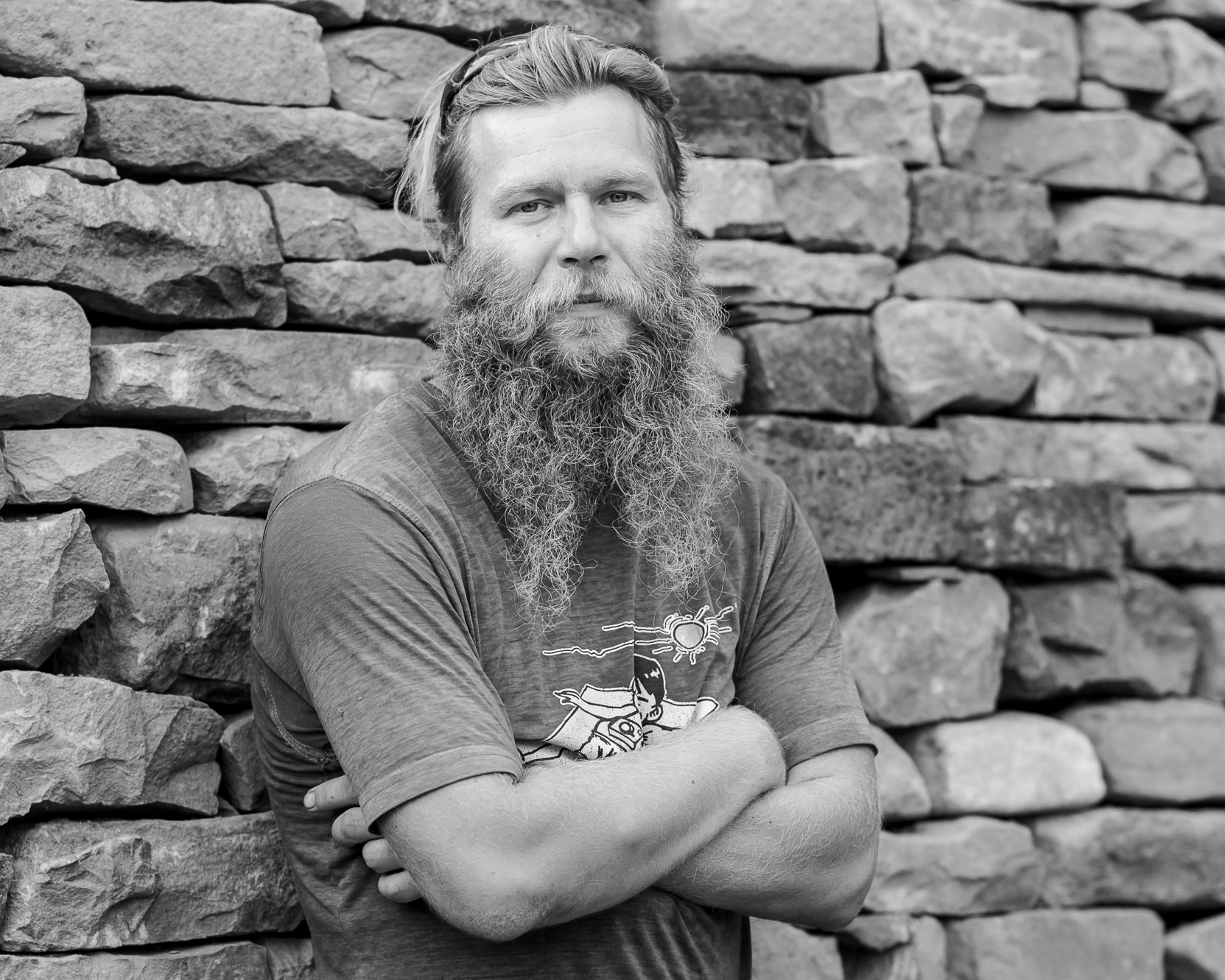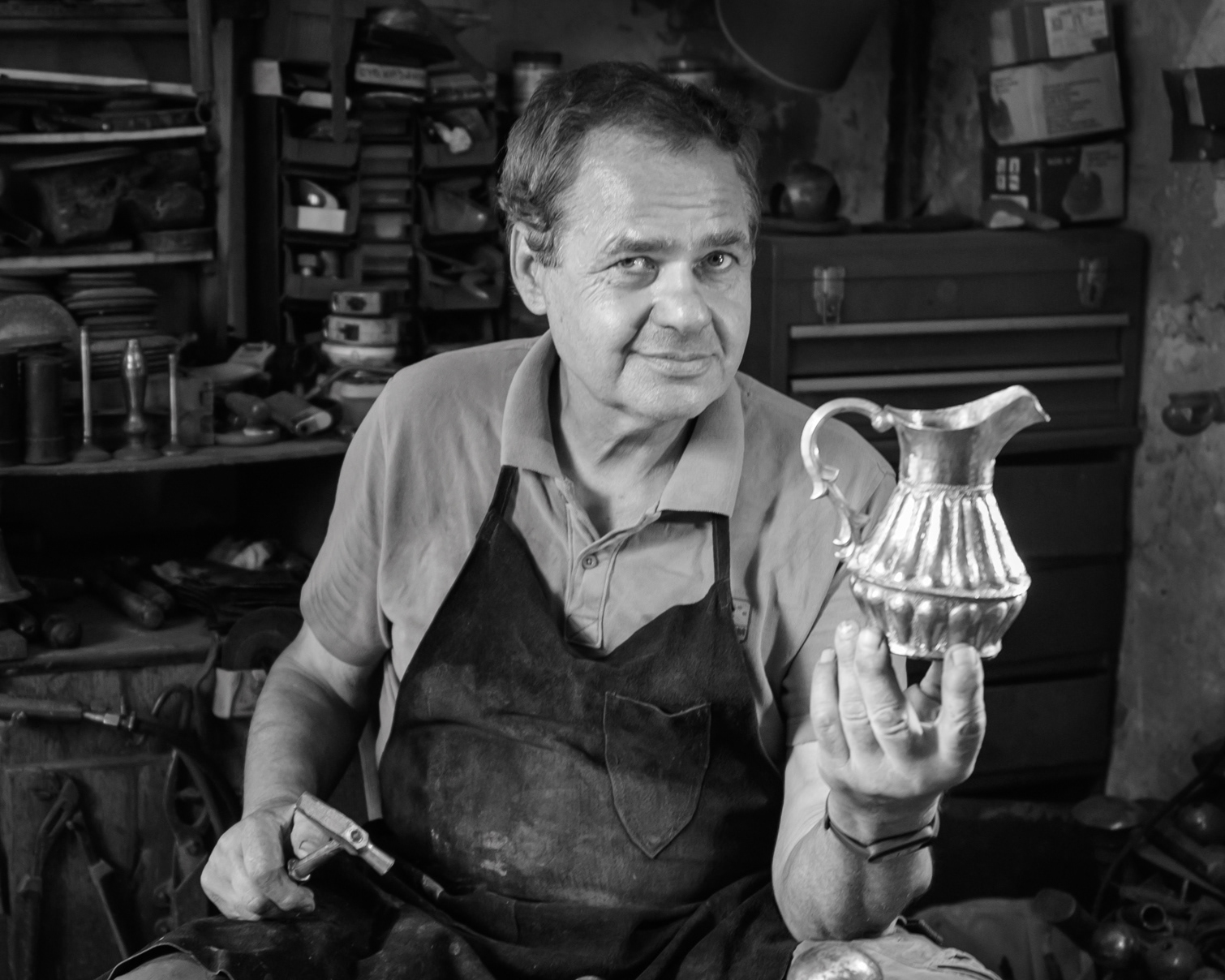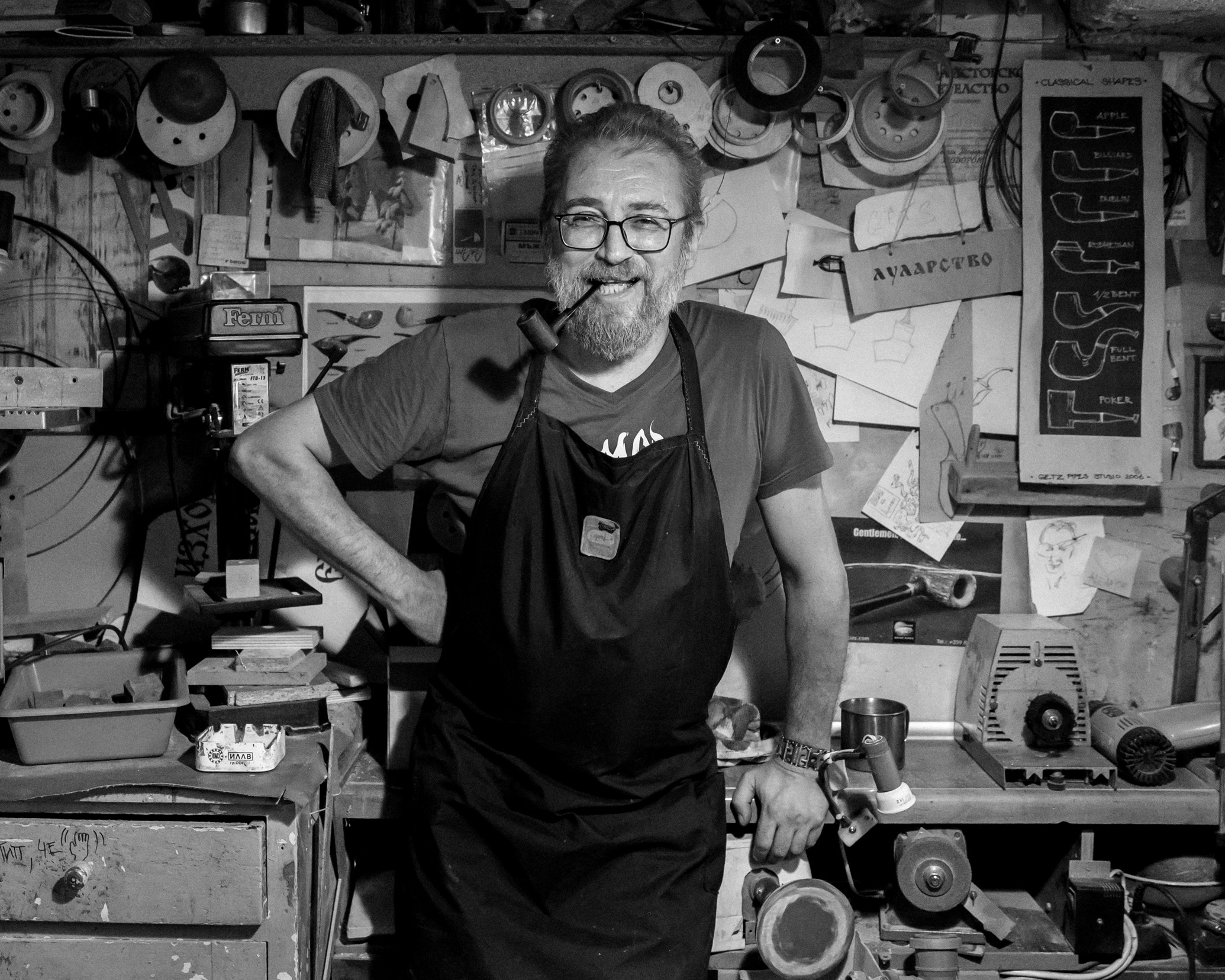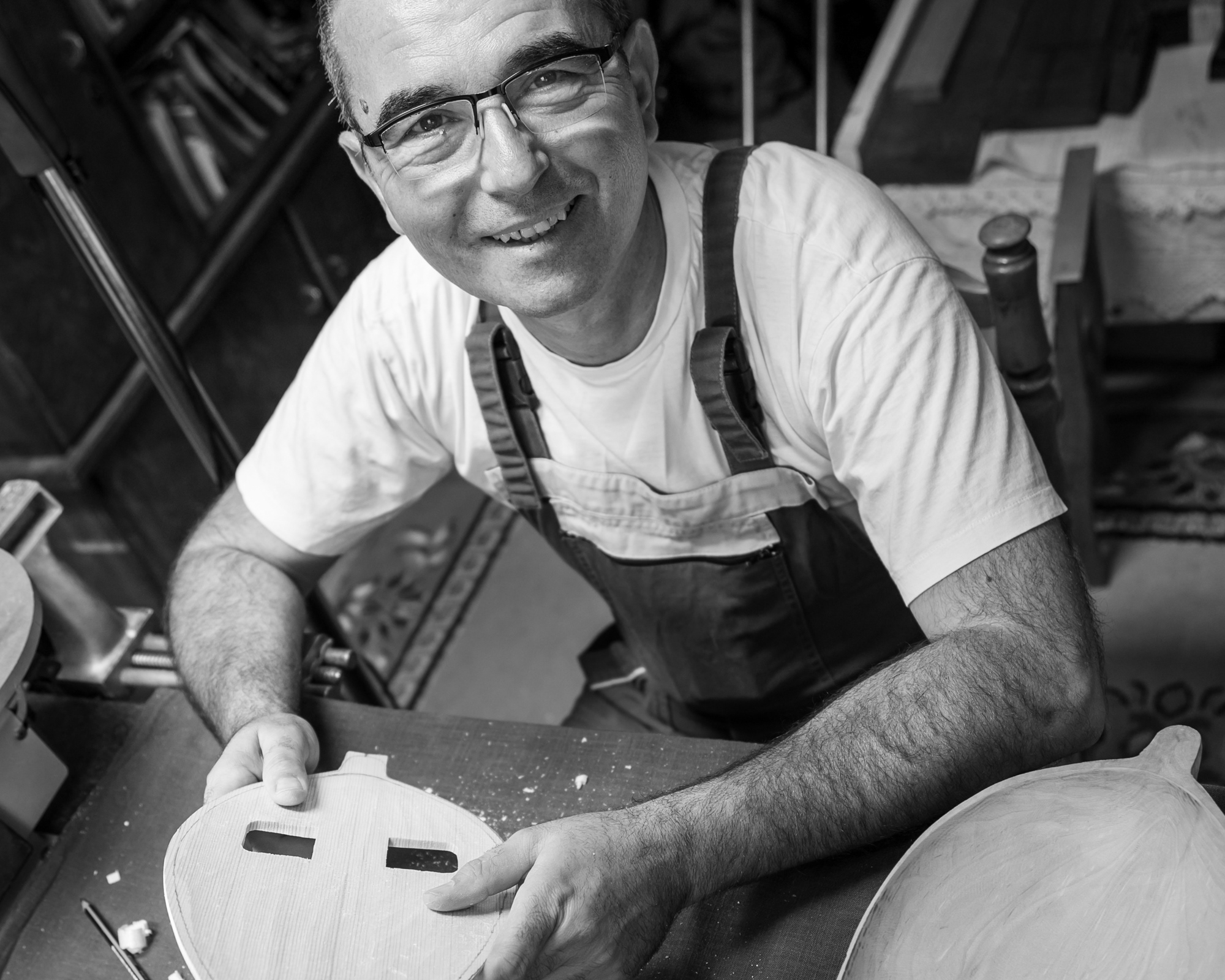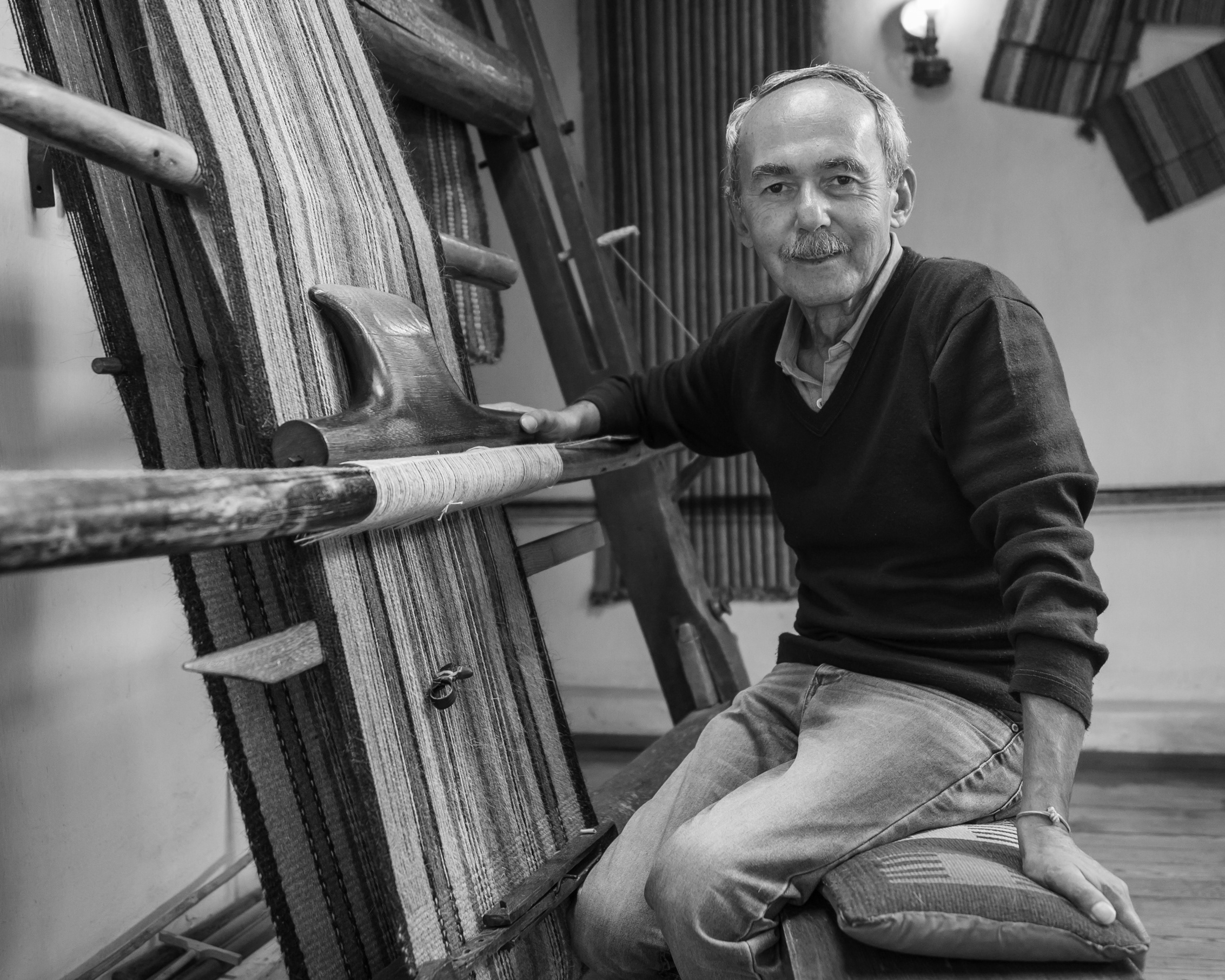Published: 06.03.2023
Creative concept and photography: Rosina Pencheva
Text: Maria Boncheva
Creative concept and photography: Rosina Pencheva
Text: Maria Boncheva
Elevated bookbinding to new heights for Bulgaria.
Nominated for the 1st prize at the Sixth International Biennial of Church Arts in Veliko Tarnovo, 2019.
Selected by the Michelangelo Foundation for the Homo Faber Event – the biggest forum for creativity and craftsmanship in Europe, Venice, 2022.
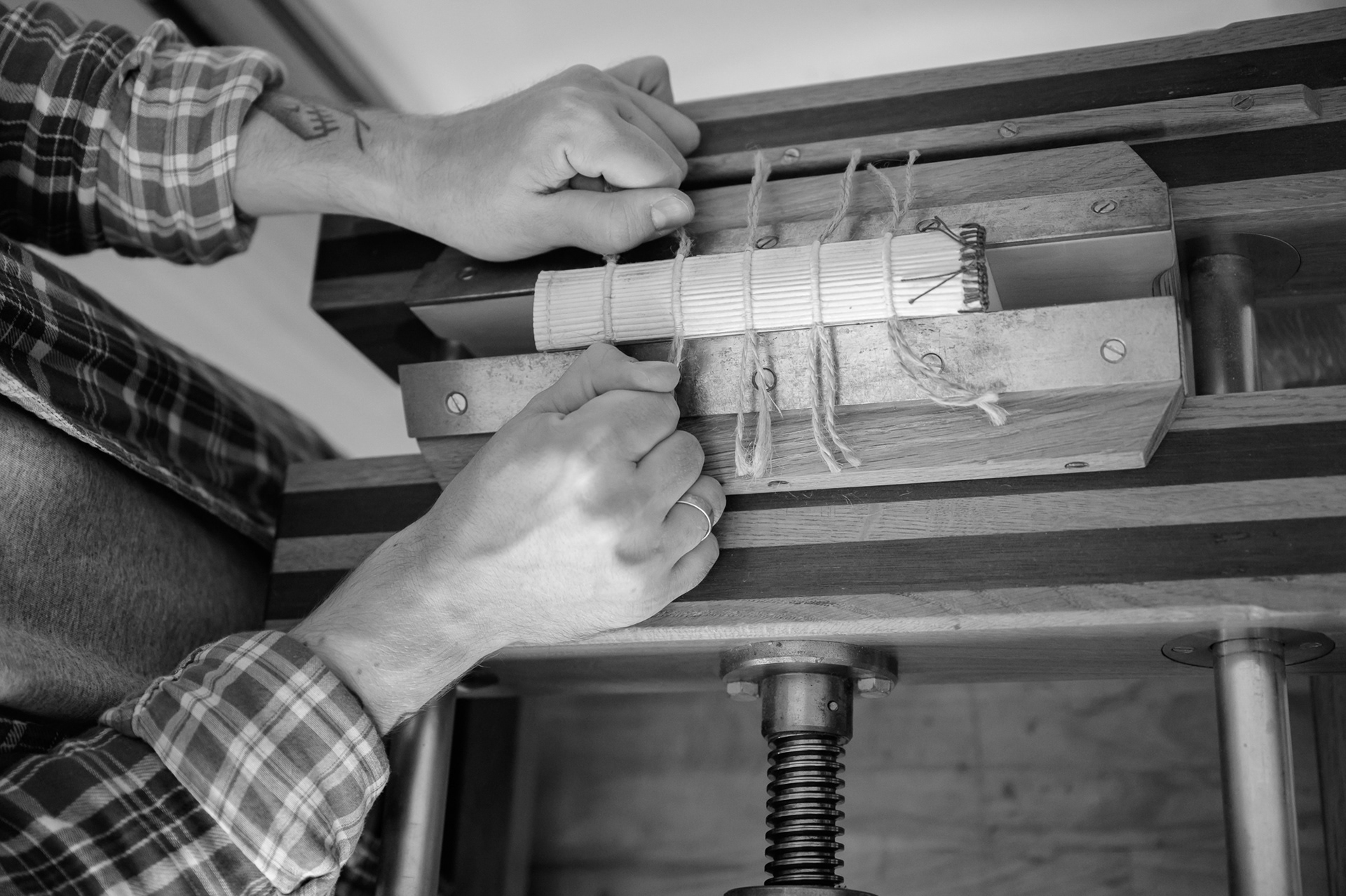
Pressing the book and preparing to work on its spine
Bookbinding, or the art of crafting a book or notebook from start to finish – including the process of sewing the gatherings, shaping them into a book, binding and decoration – is a craft that from the very beginning combines craftsmanship with artistic inspiration. The making of a book involves skills from various crafts – textile working and weaving, leather and shoemaking, carpentry, metalwork for inlaying clasps, decorative ornaments and precious stones on the cover, etc. The binding and its design have always given room for individual decisions of the artisan, although in the context of the body text itself, the decoration must be invariably connected with the content, both in terms of meaning and concept.
– "Stopan" is the guardian of the home. It may be an animal, but it may also be а distinguished family member whose memory and work preserve the lineage. The Stopan is a kind of goal for me. The name itself inspires me to make efforts to be a good steward of my home, my family, my life and my profession.
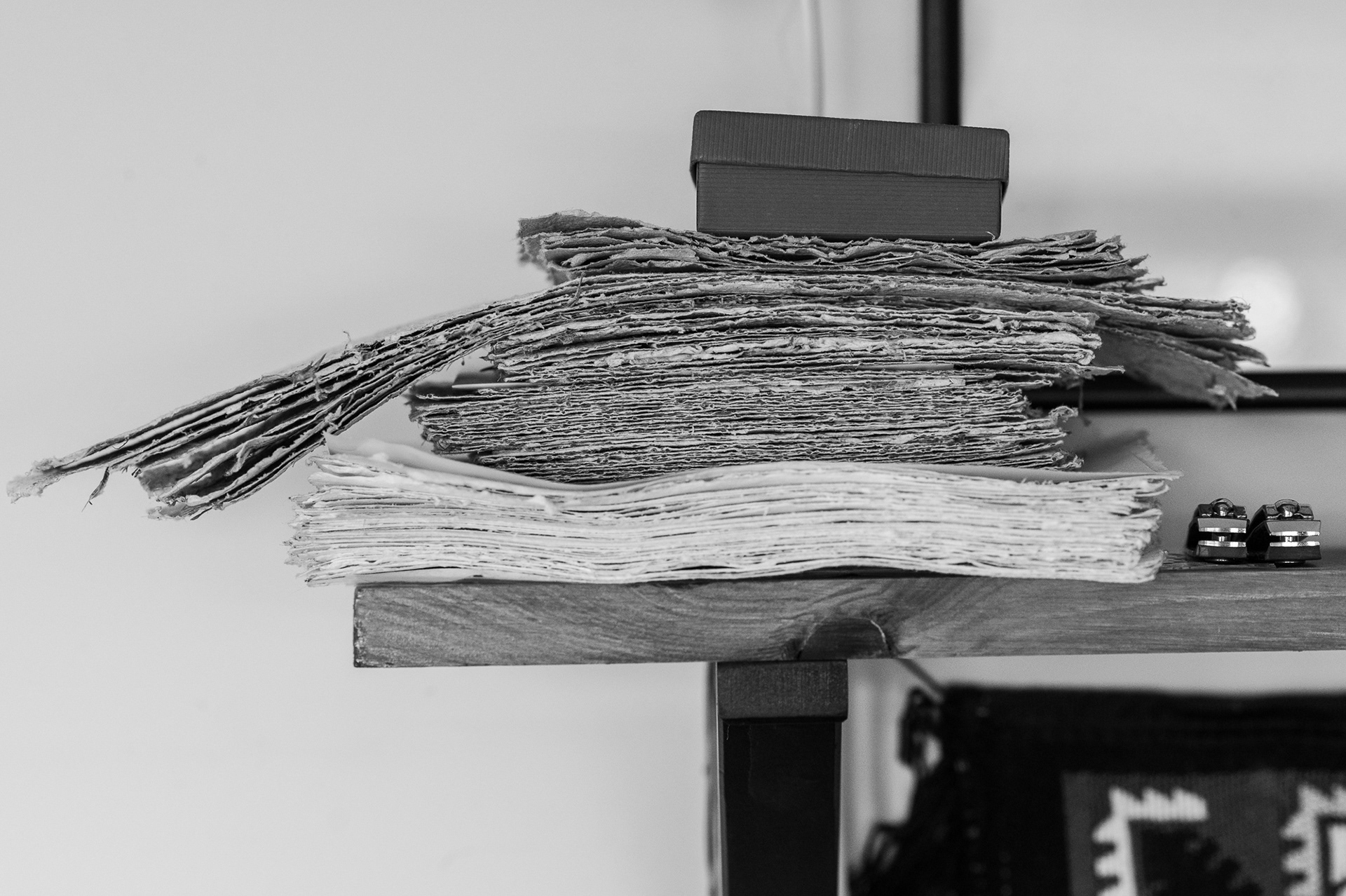
Handmade paper blanks
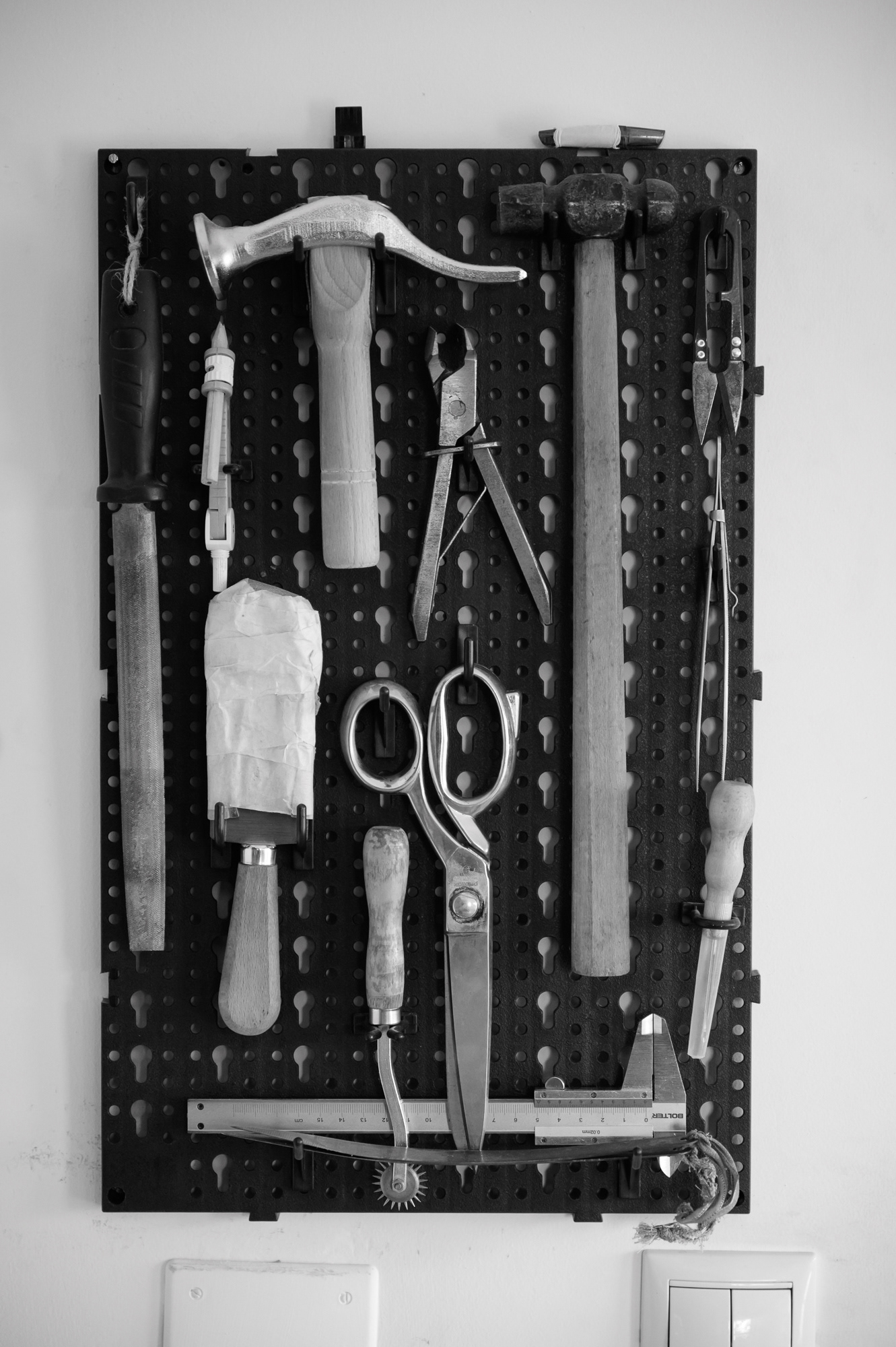
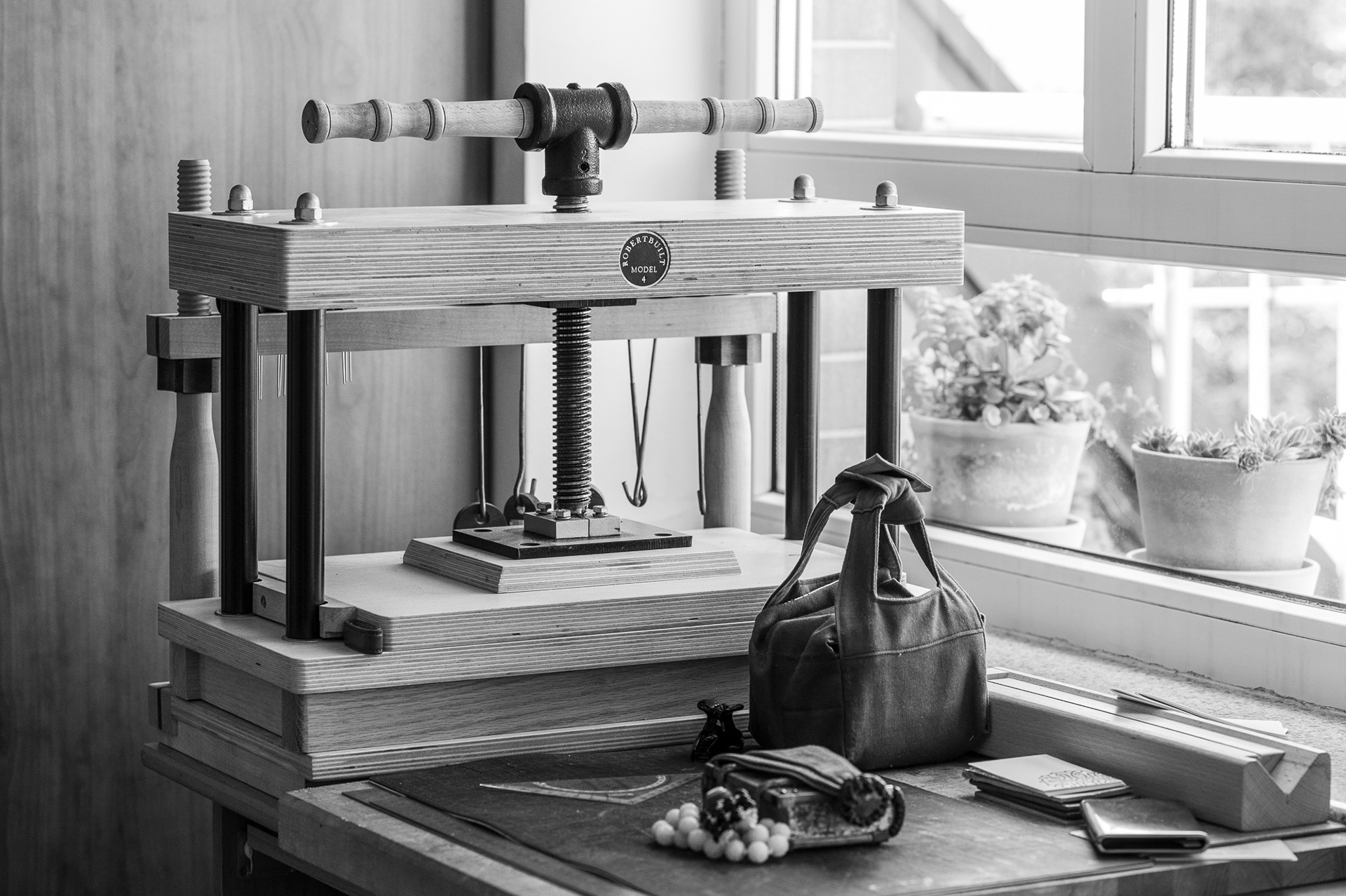
Book press
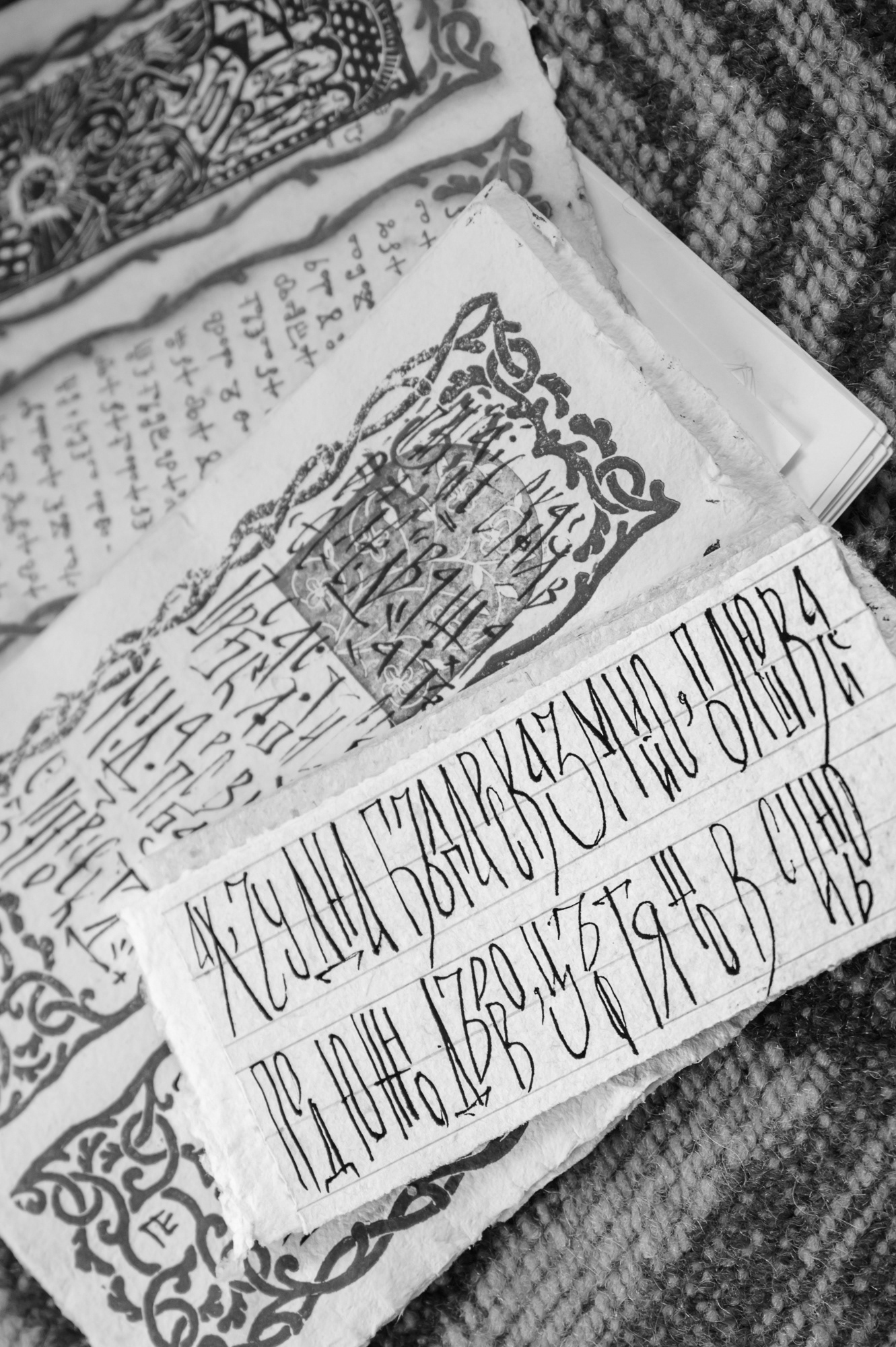
Above is a working version of the "Slovoplet" typeface, based on Stopan's unique handwriting, which was created with the support of the Bulgarian font studio Fontfabric. The font continues the mission of spreading the Bulgarian version of Cyrillic as a digital font.
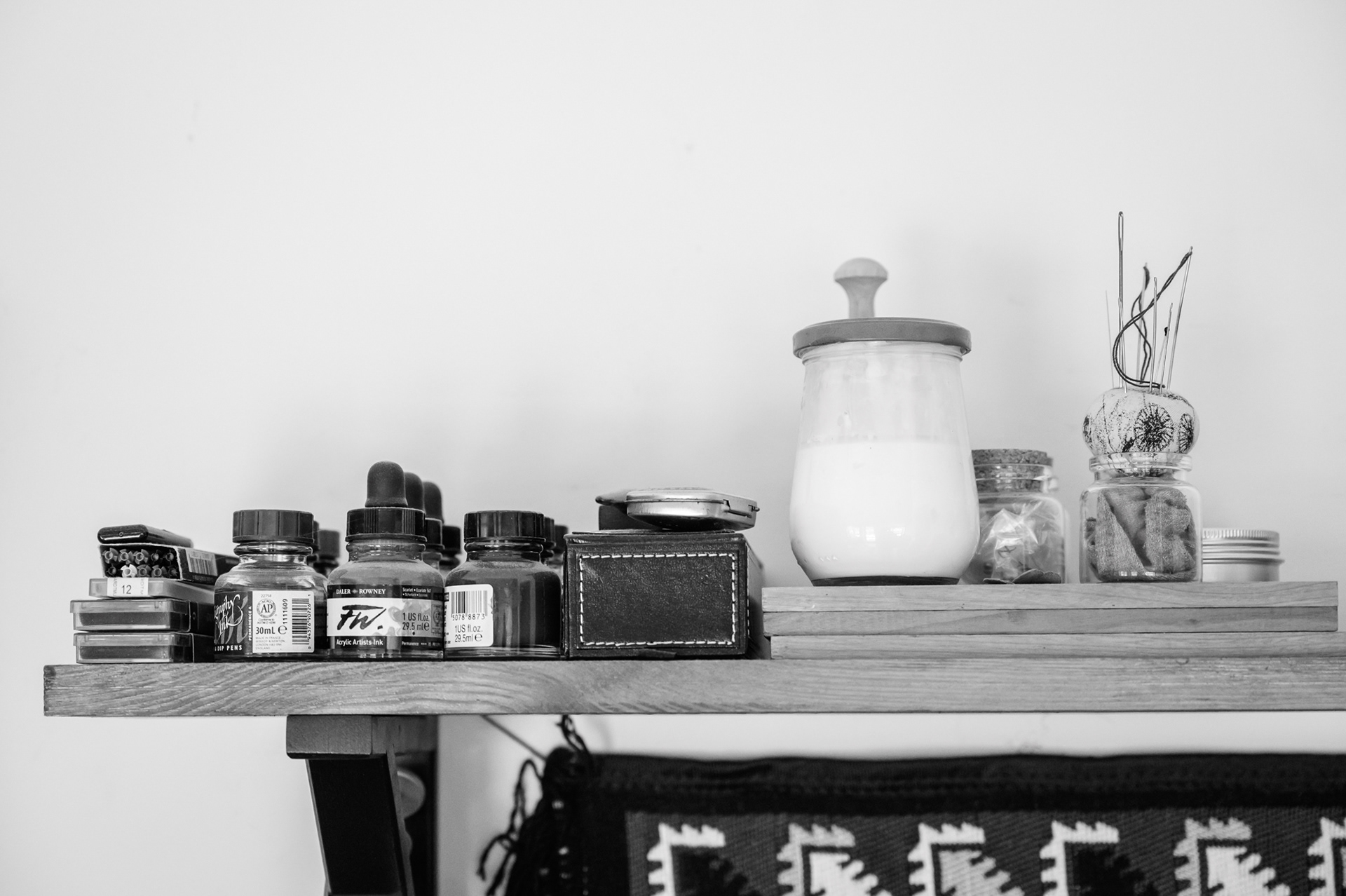
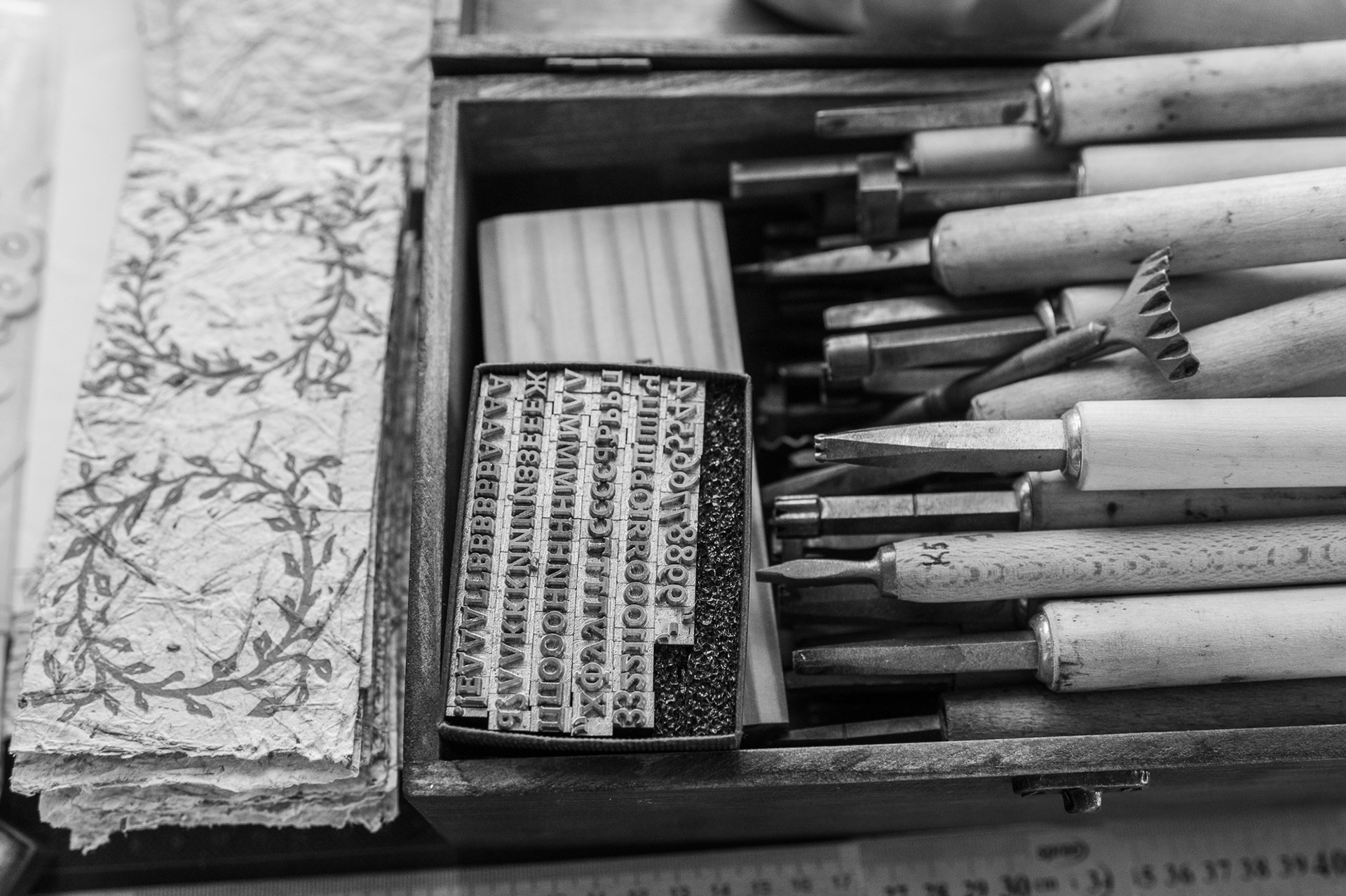
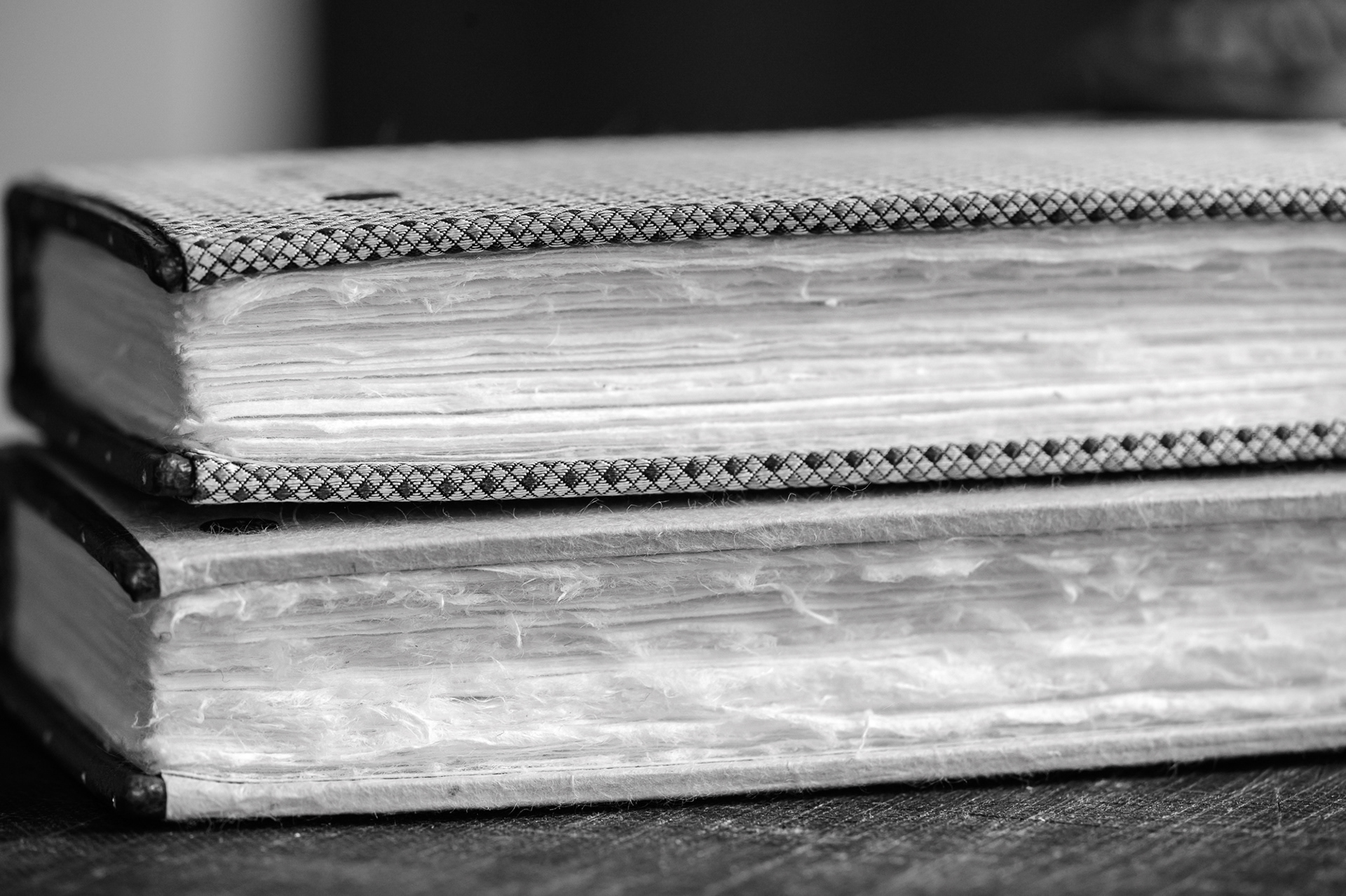
Exhibition books made with hanji paper (traditional Korean paper), a result of the Jindu Artisans Residency in South Korea, 2021
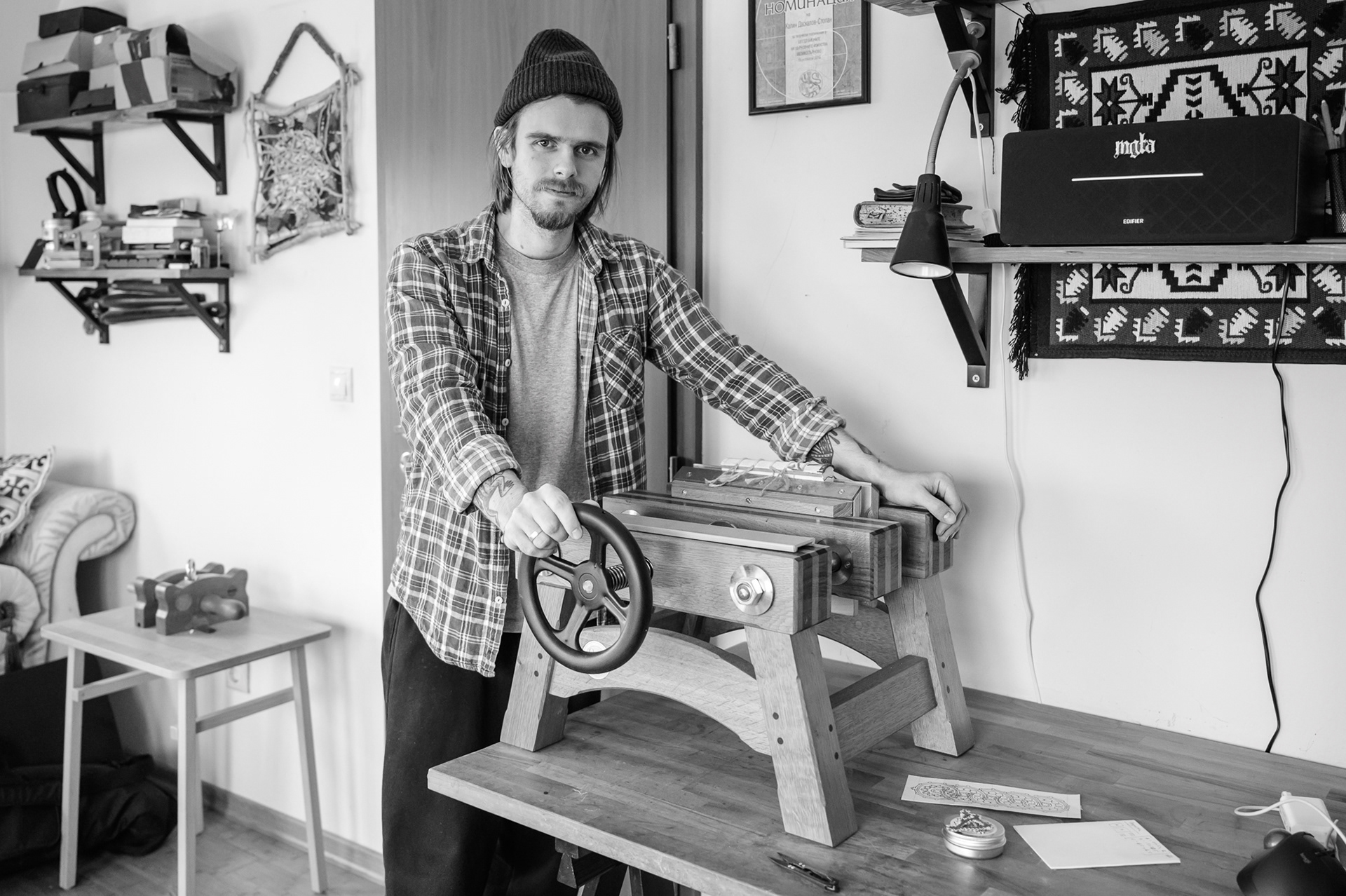
Stopan with his book press which he uses for edge trimming, or crimping when drying
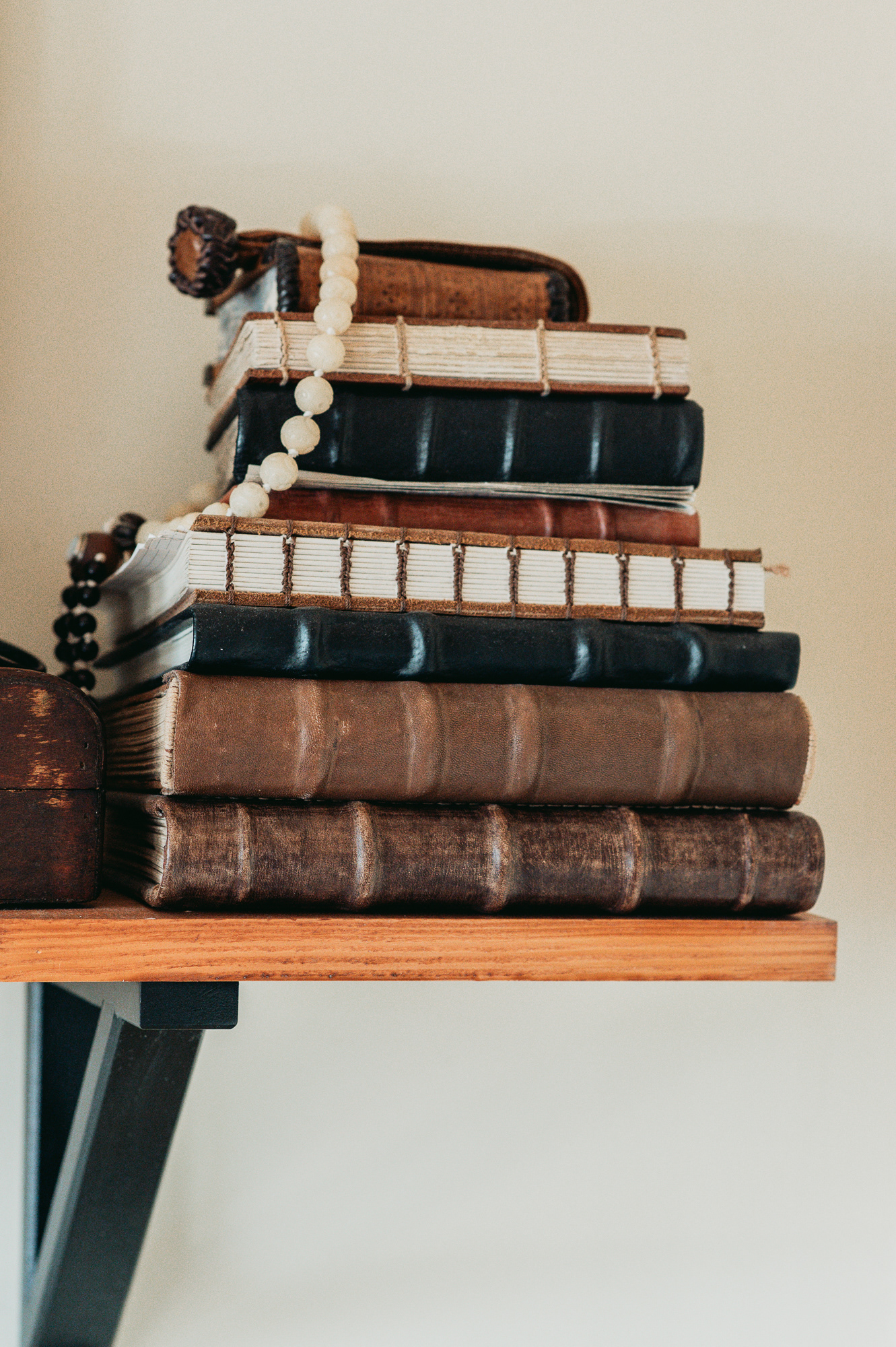
Personal notebooks crafted between 2013–2015
It is a matter of an extensive scholarly discussion to judge how advanced the bookbinding school was in this country and whether bookbinding is a traditionally Bulgarian craft. It is a fact that with the development of local literary schools, and especially after book dissemination prospered in the 14th century, quite naturally, master bookbinders emerged, who left book samples which remain unique to this day. The Explanatory Psalter from the Pogodin collection, dated in the 12th century, has been recognized as the earliest Bulgarian literary monument with a preserved original binding. There are preserved manuscripts with bindings of wood and leather and with casings of gold and silver inlaid with precious stones.
Like other crafts in this country, bookbinding failed to live up to its potential. The Ottoman conquest put an end to the development of both the Bulgarian and Byzantine schools of bookbinding where from the Bulgarian school had borrowed a lot to take its own path by improving the basic techniques and rules of the craft.
– The more you delve into the National Revival era, the more inspiring it gets. People experimented boldly, went in a quest for their identity and did amazing things. Then they became aware that the West had moved ahead, so they started borrowing from the West.
Stopan
Despite this, even during the Ottoman yoke, bookbinders continued to work in separate book centers such as Rila Monastery, Bachkovo Monastery and the town of Etropole. The goldsmith schools in the Sofia region, Chiprovtsi, Vratsa and Bachkovo have left unique examples of casings.
After the Liberation, the bookbinding craft declined completely. Printing and book publishing, which had already spread in Western Europe, quickly invaded the market to replace manual labor. Bookbinding has been preserved only in part in certain niche sectors such as the restoration of old manuscripts, binding and pasting of books.
There are no statistics available on the current state of the craft and its practitioners. We can judge about the number of bookbinders by the master's certificates issued by artisan cooperatives, and these are not at all many. Besides, not all practitioners hold written licences for their activity.
– I work mainly with paper, leather, threads and gold
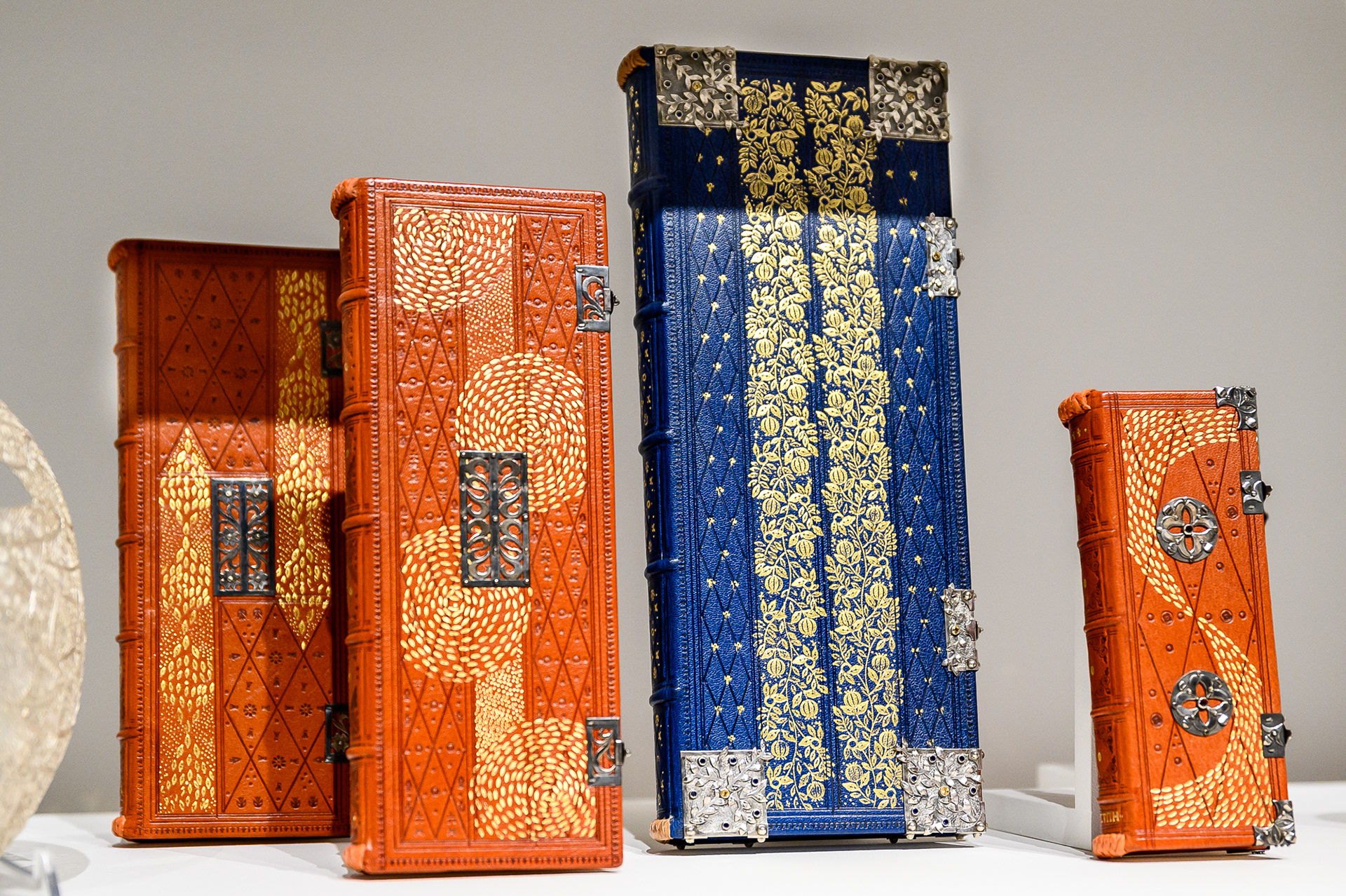
Pillars Collection – a story of lost roots and the attempt to trace them back, Best of Europe exhibition, Homo Faber Event, Venice, 2022
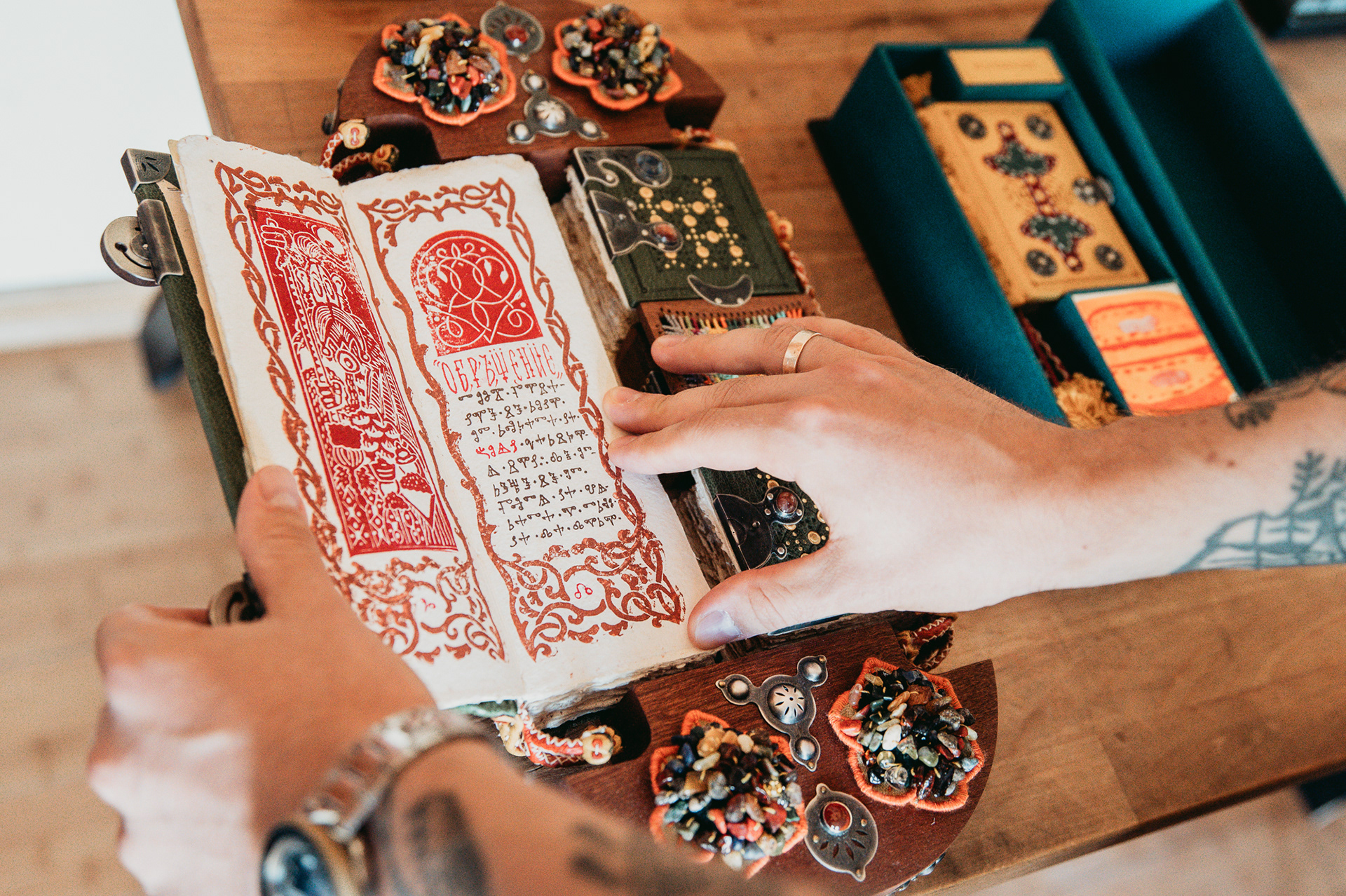
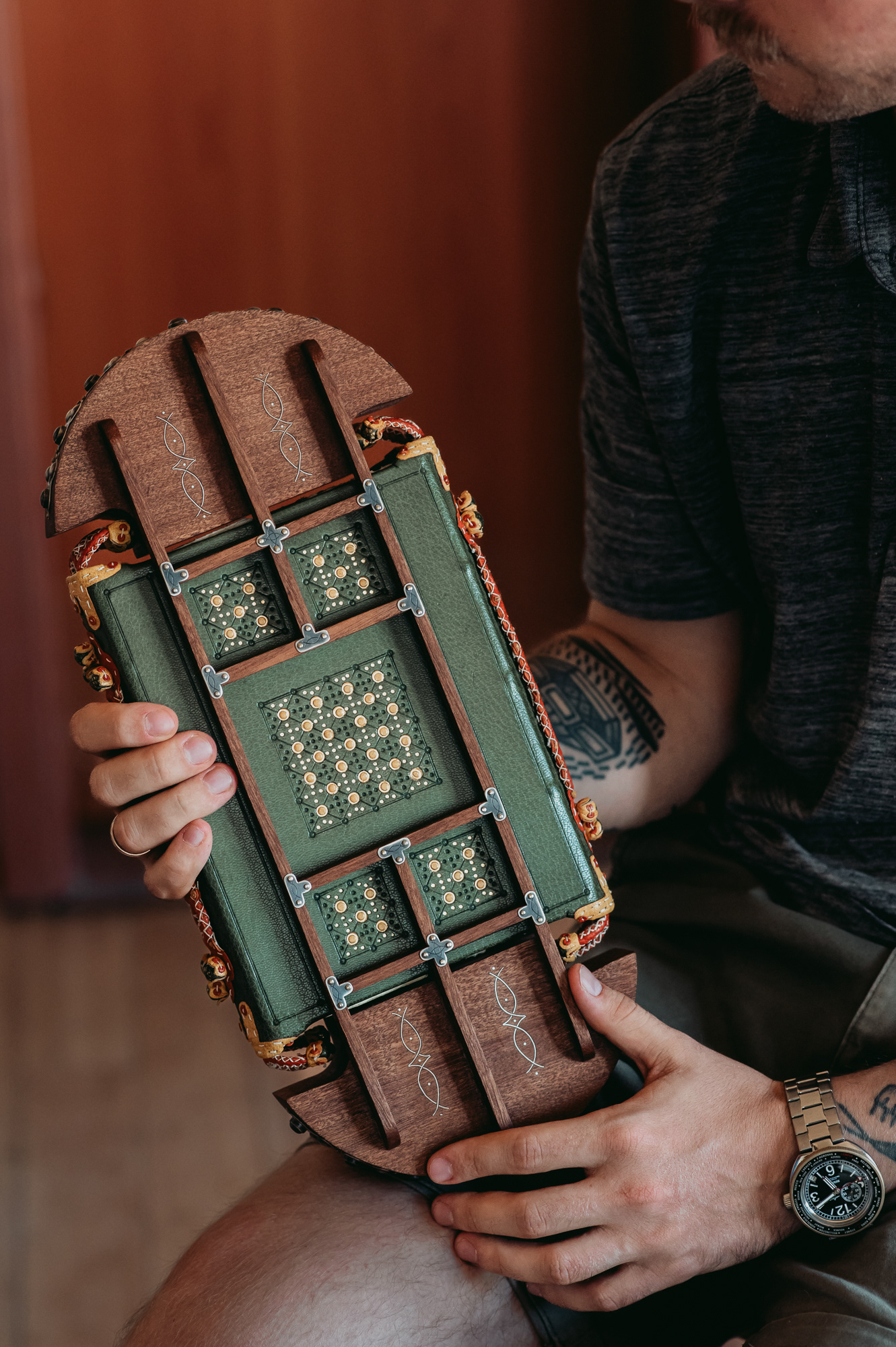
Stopan's latest work – still in progress (back side)

"Harvest" (2020) is a small manuscript containing two songs dedicated to the Sun and the harvest. They are written and decorated on specially made handmade paper and then bound in a blooming body of goatskin, cotton and silver.
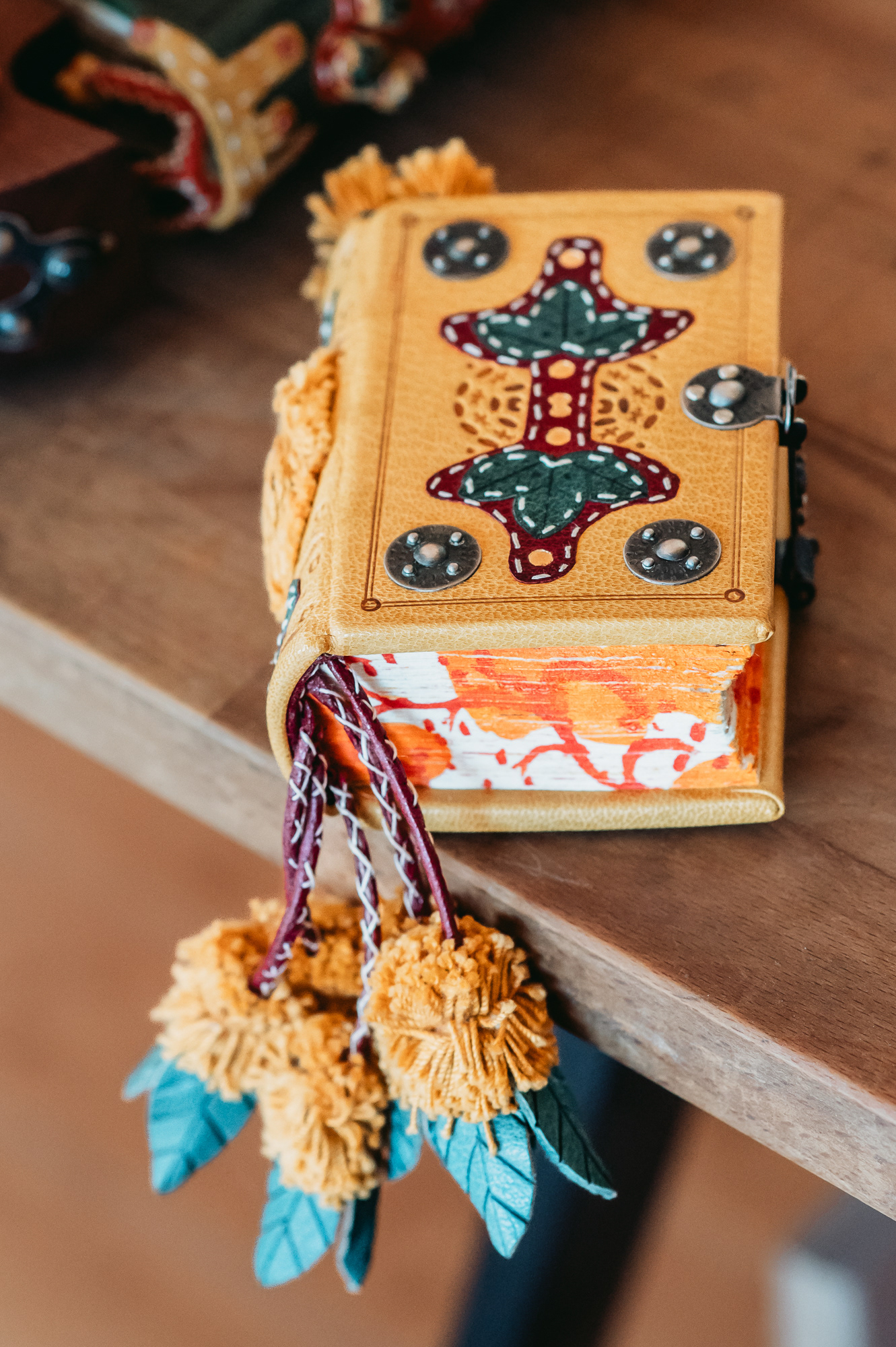
"Harvest" (2020) unites respect for the earth and the elements, for the family and the family lineage, but also for literature and enlightenment as a value.
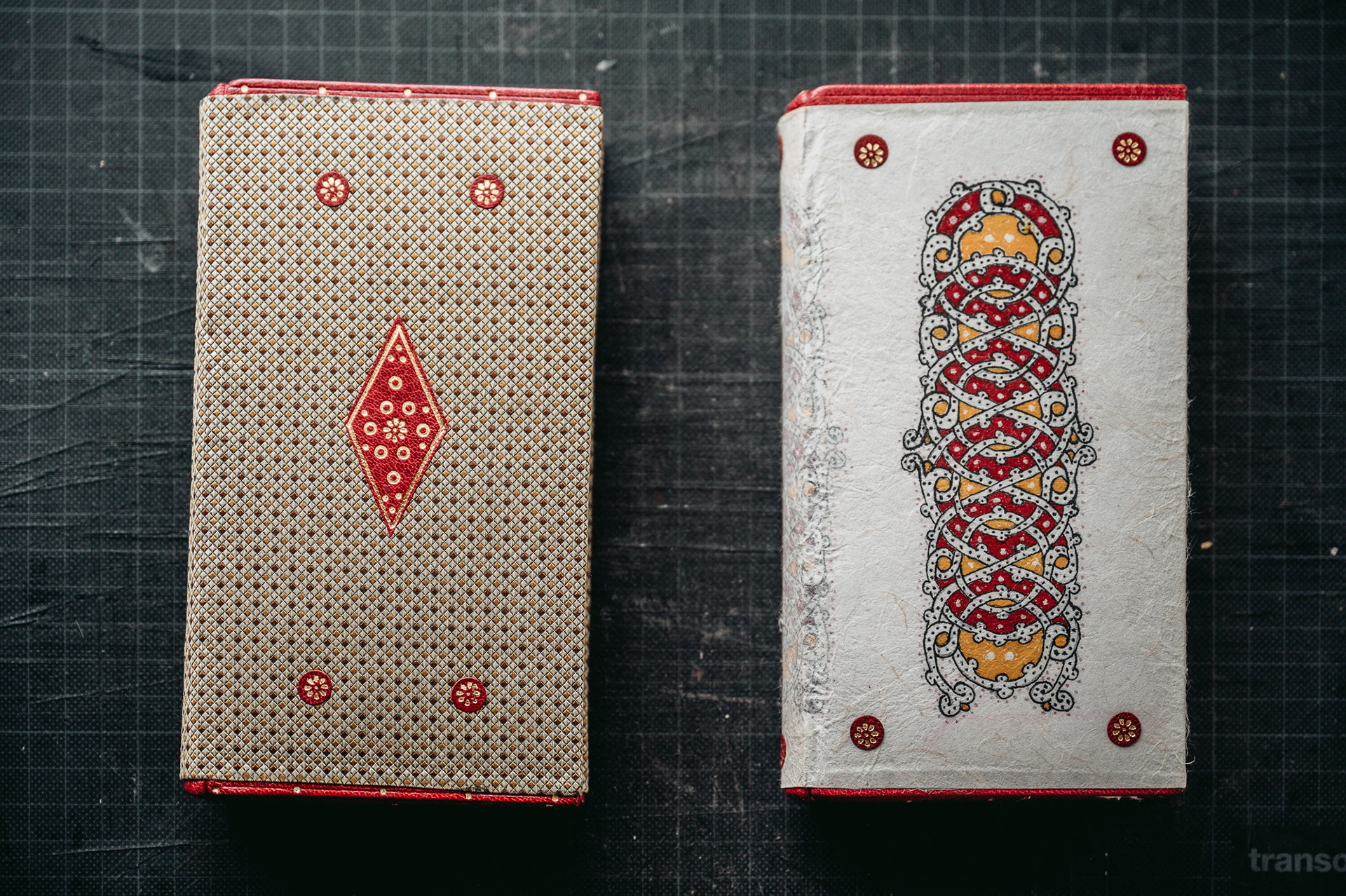
Exhibition books resulting from the Jinju Artisan Residency in South Korea, 2021.
– If you say things too directly, you offend people's ability to interpret, so I love symbols
Among present-day bookbinders, the work of Kalin Daskalov-Stopan stands out. In the recent years, the 31-year-old Stopan has been working mostly on more creative, conceptual ideas, for which he makes the paper himself; writes in scribal handwriting and often uses Glagolitic symbols for the books with his own stories, ciphers, symbols, poetry and songs; sews and binds them teamed up with his parents in sumptuous covers of leather, gilding, textile, casing and gem inlay. "I can imagine what would happen had the continuity in the Bulgarian bookbinding tradition not been interrupted, and from there I try to draw inspiration and build on it," says the young master, who has studied Library and Information Sciences at the University of Sofia.
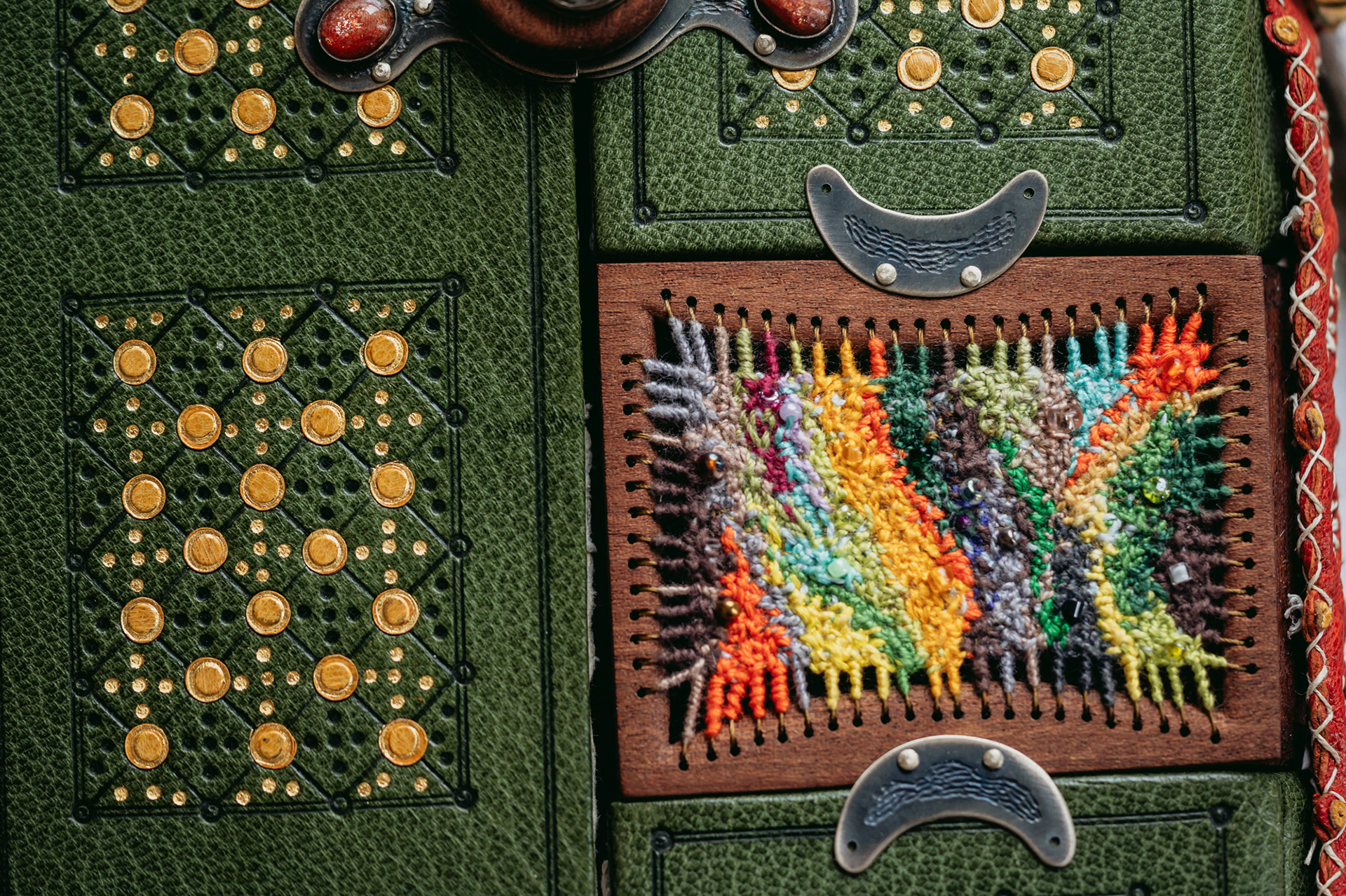
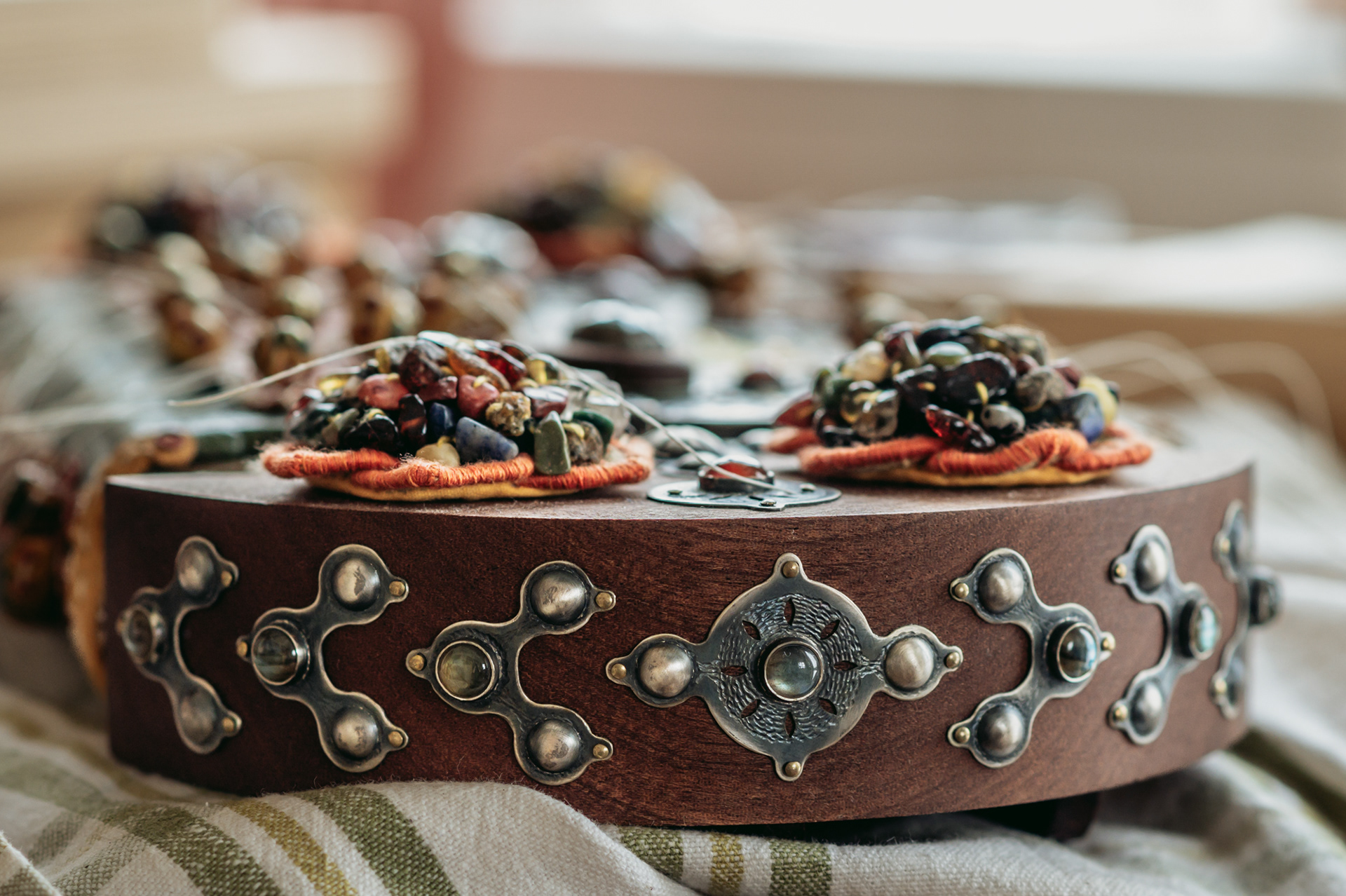
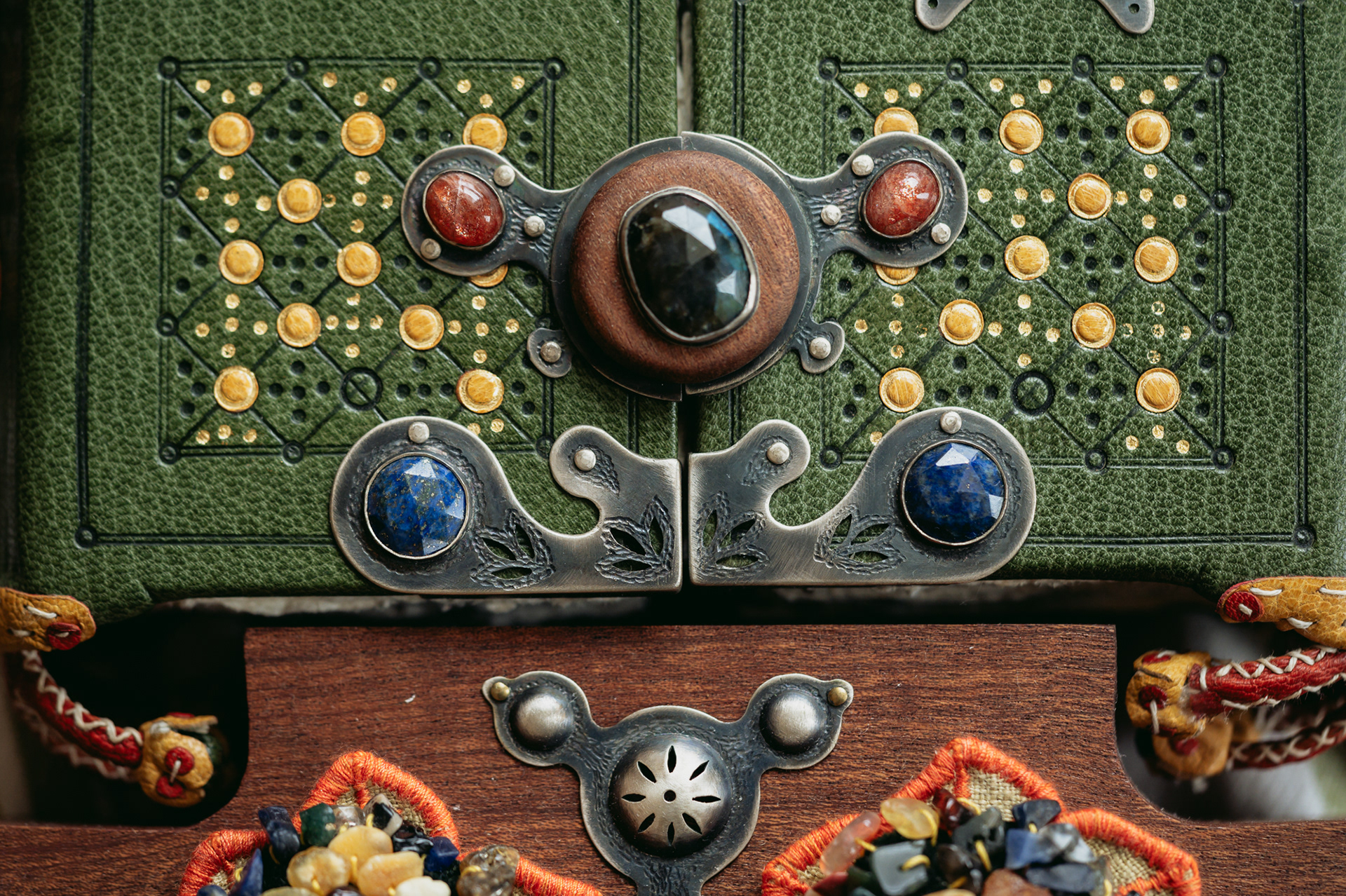
Details of a current work of Stopan – decorative elements of mahogany, silver and semi-precious stones.
– In 2019, I brought my father into the craft encouraging him to rediscover the jewelry skills of his youth, and then my mother, who works with textile
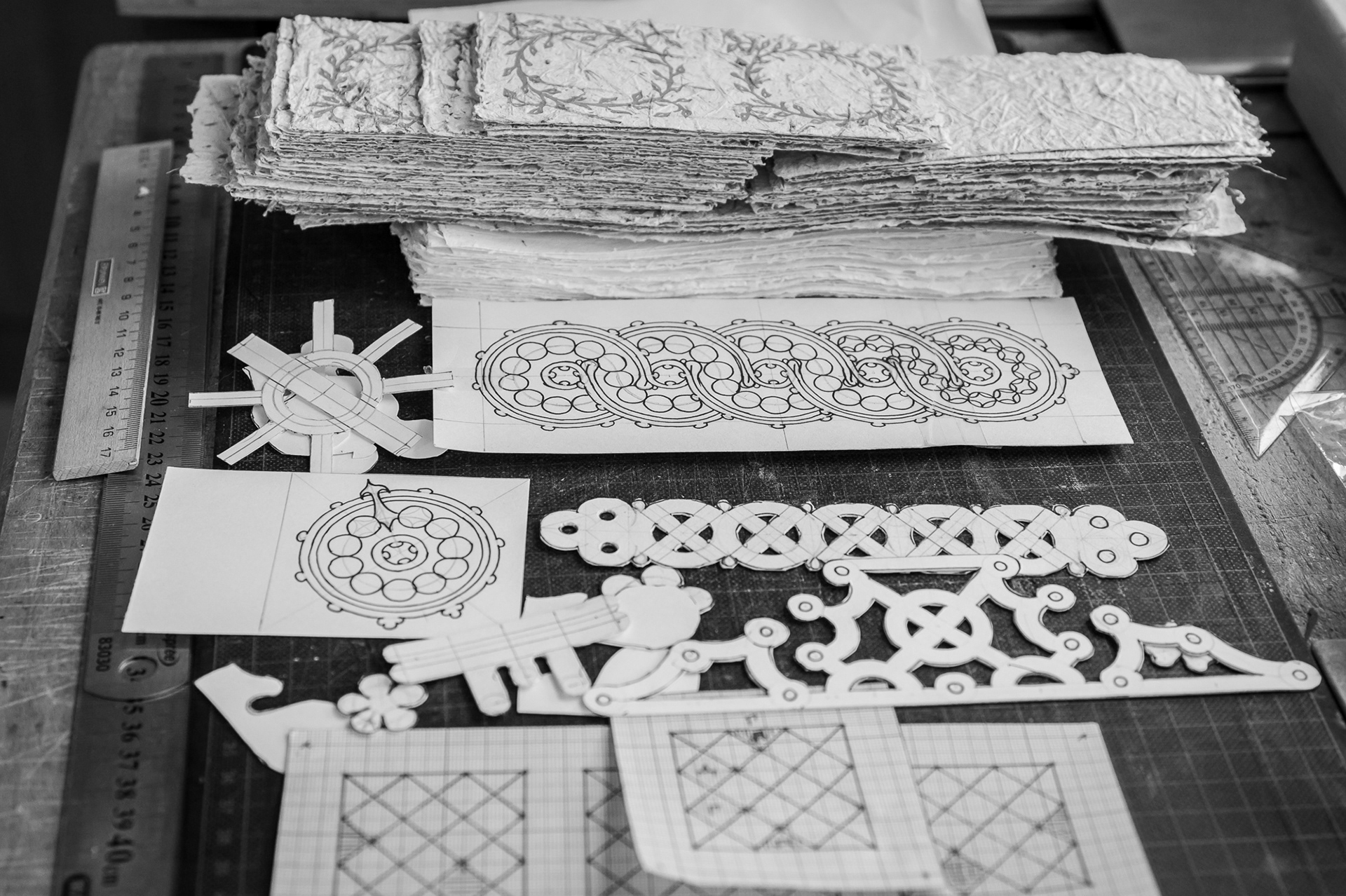
Cardboard templates used to make leather elements or interior decorations on the paper
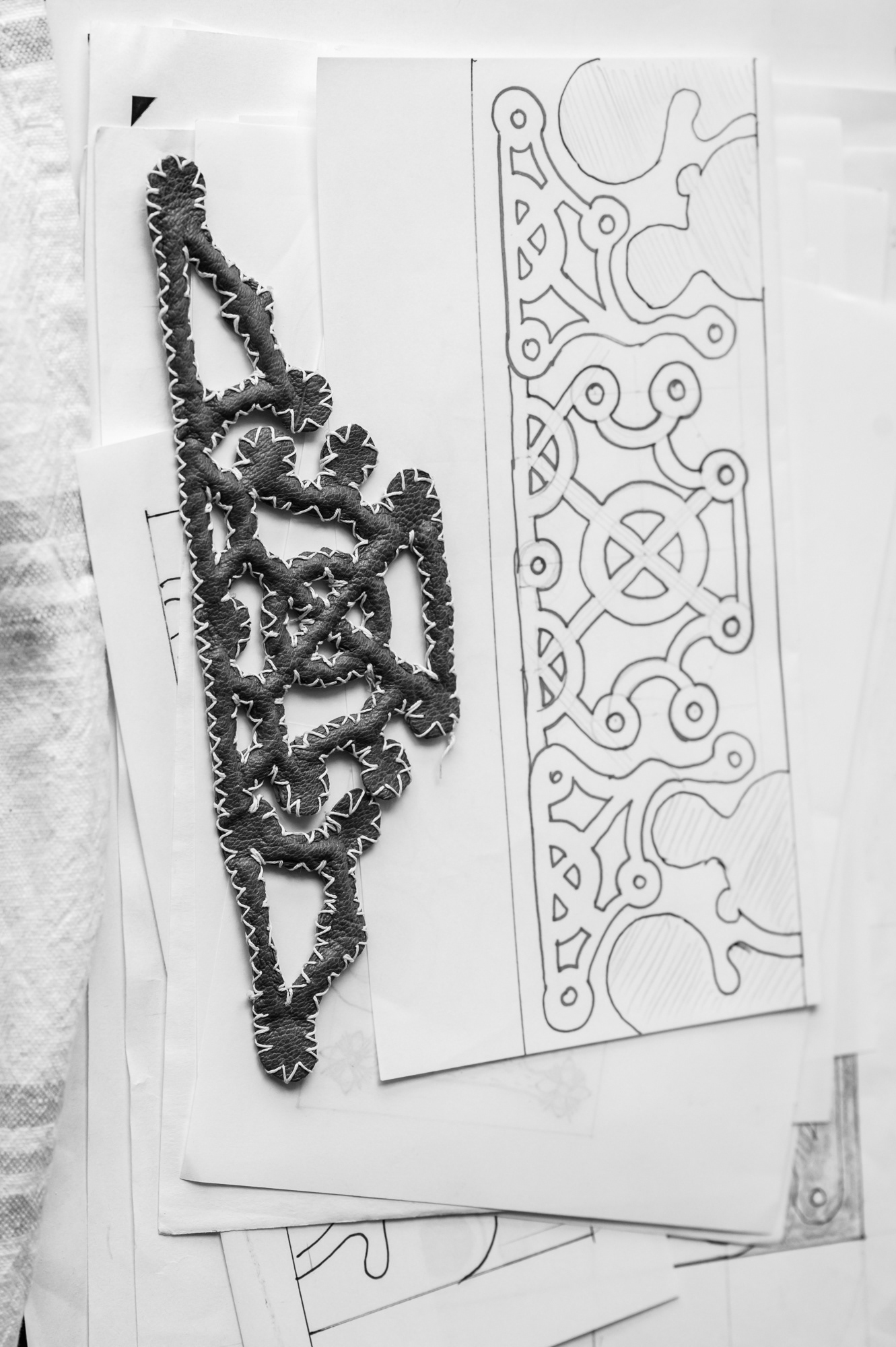
Leather element for cover and its preliminary sketch.
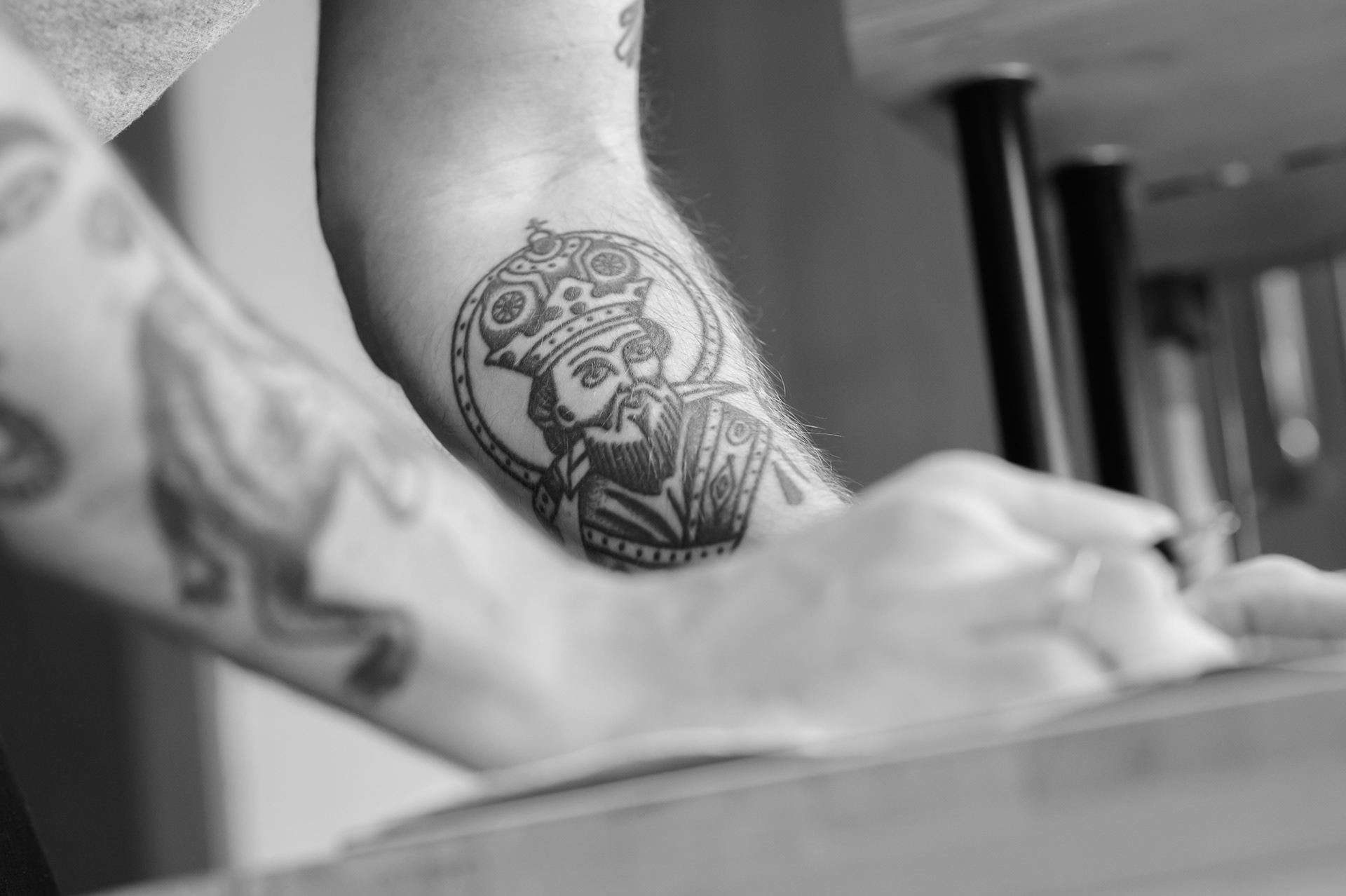
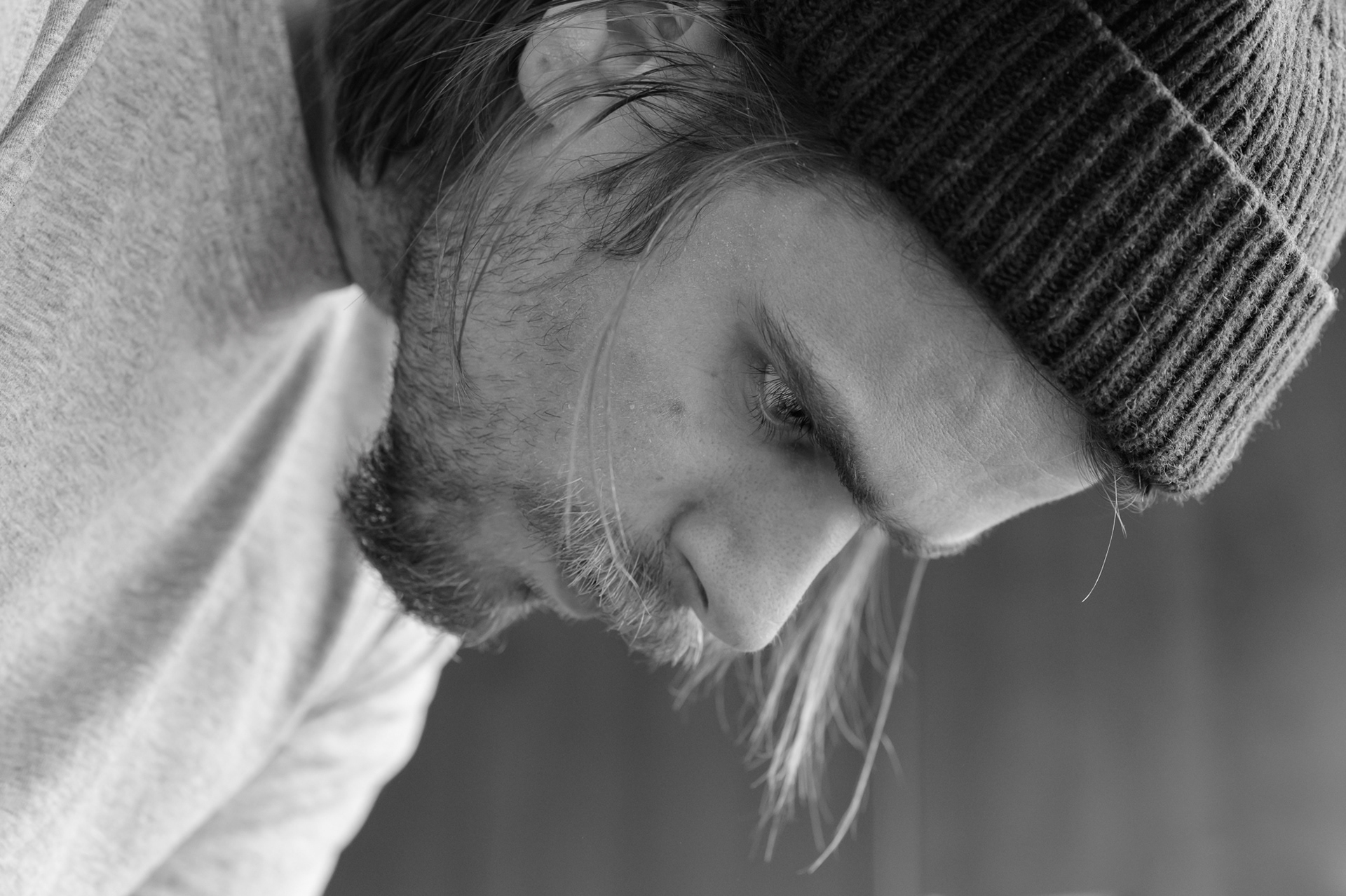
“I am trying to discover myself with my pursuits, but for the time being, I have not succeeded”
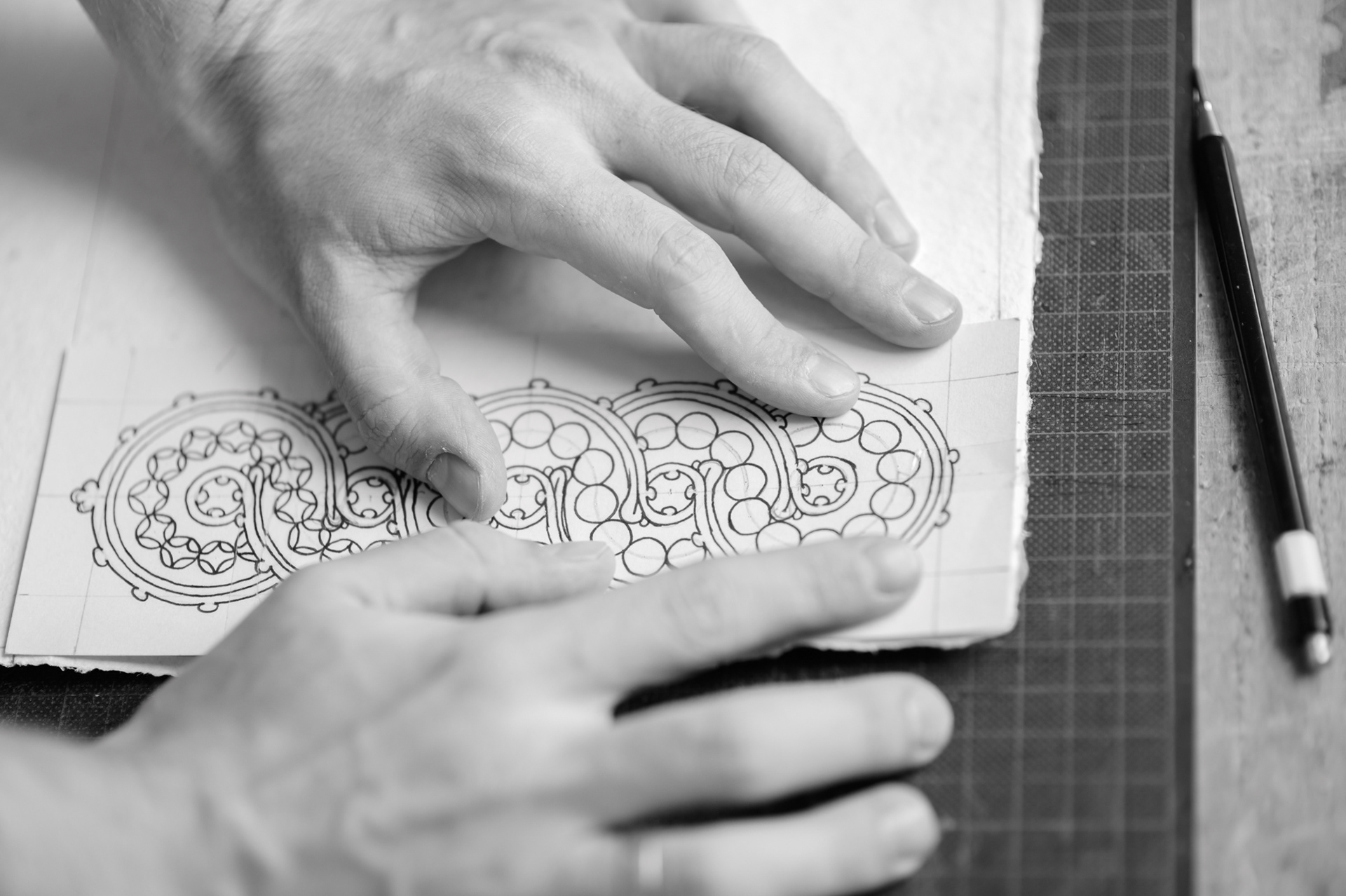
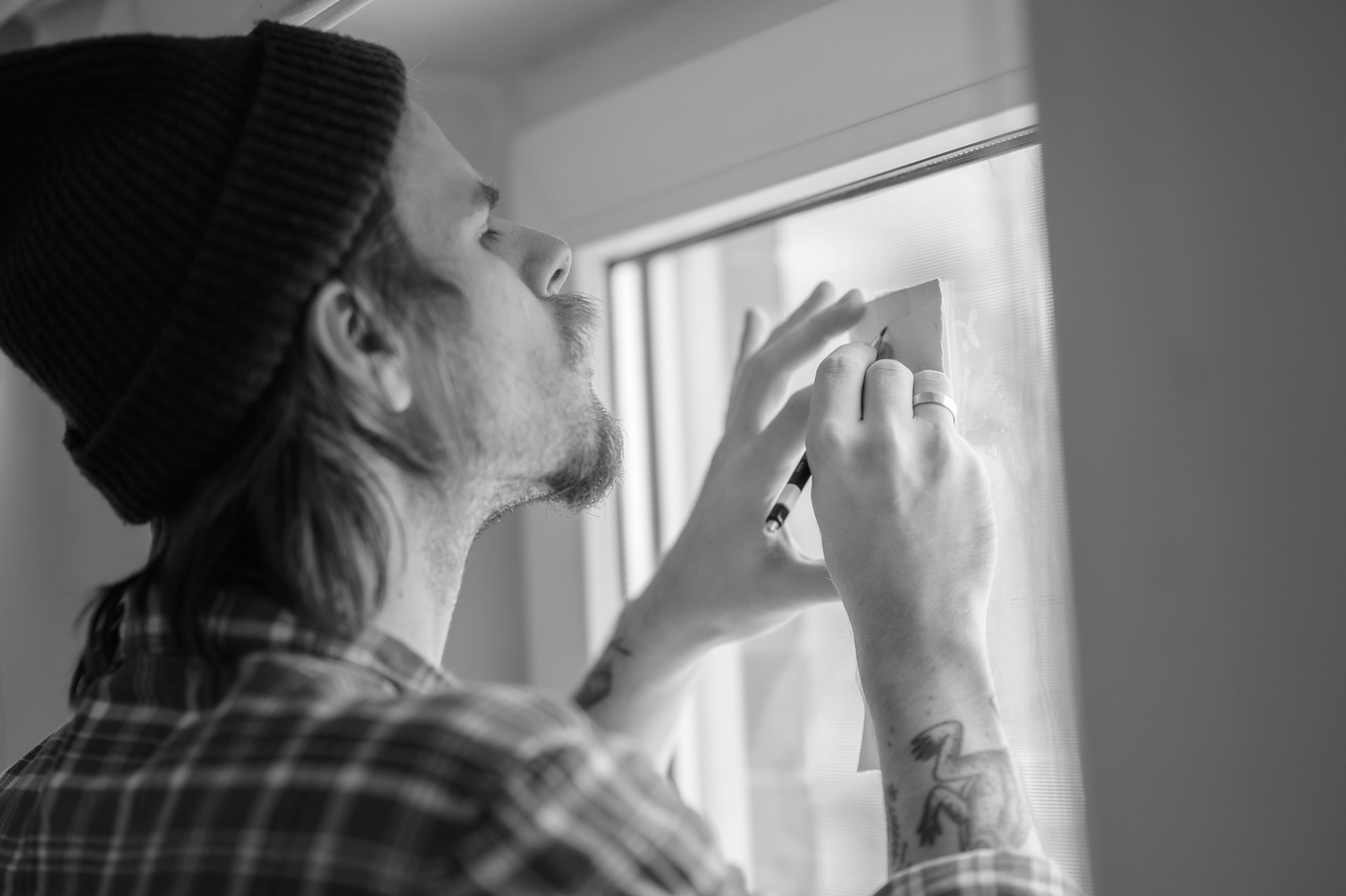
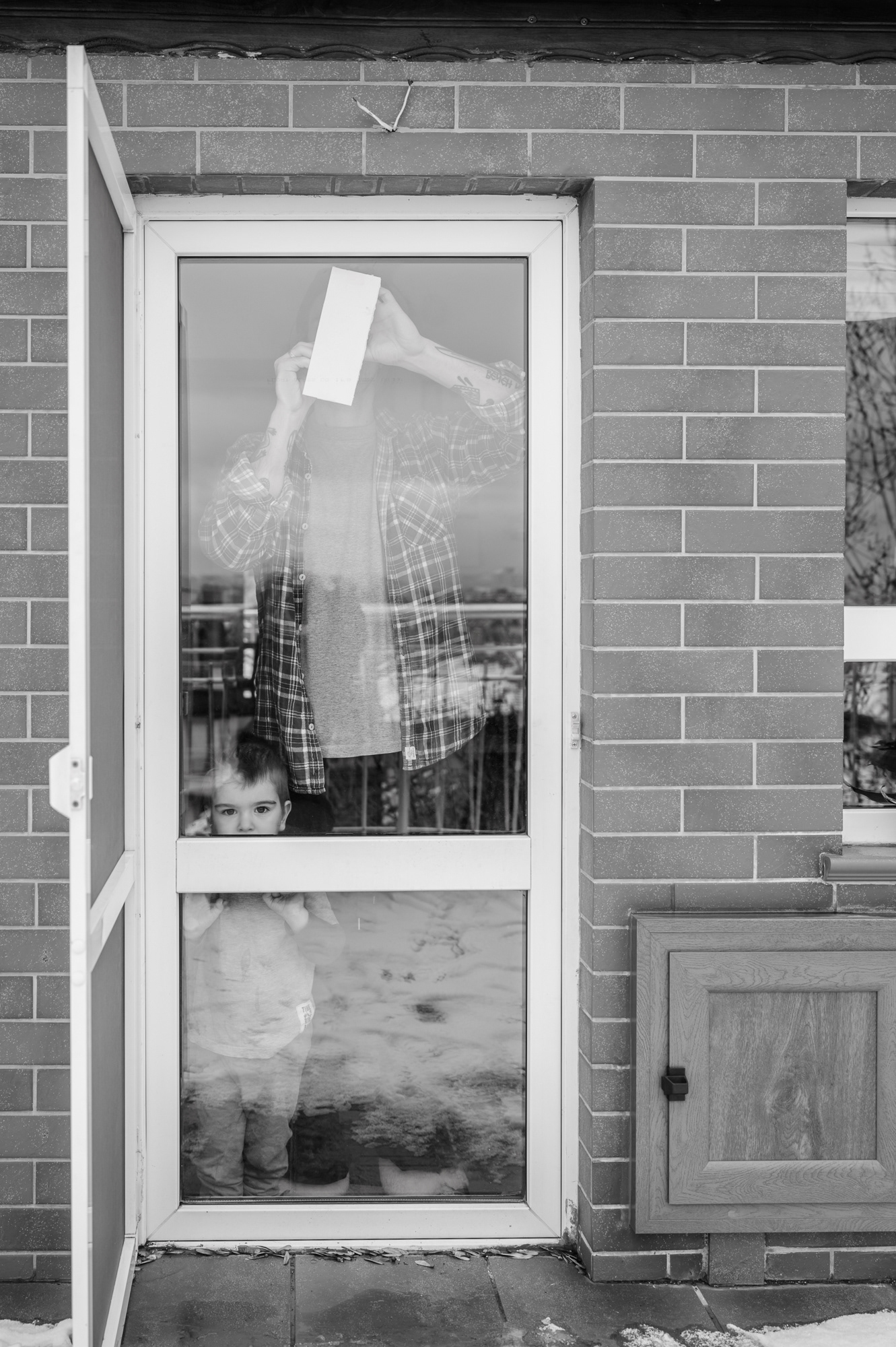
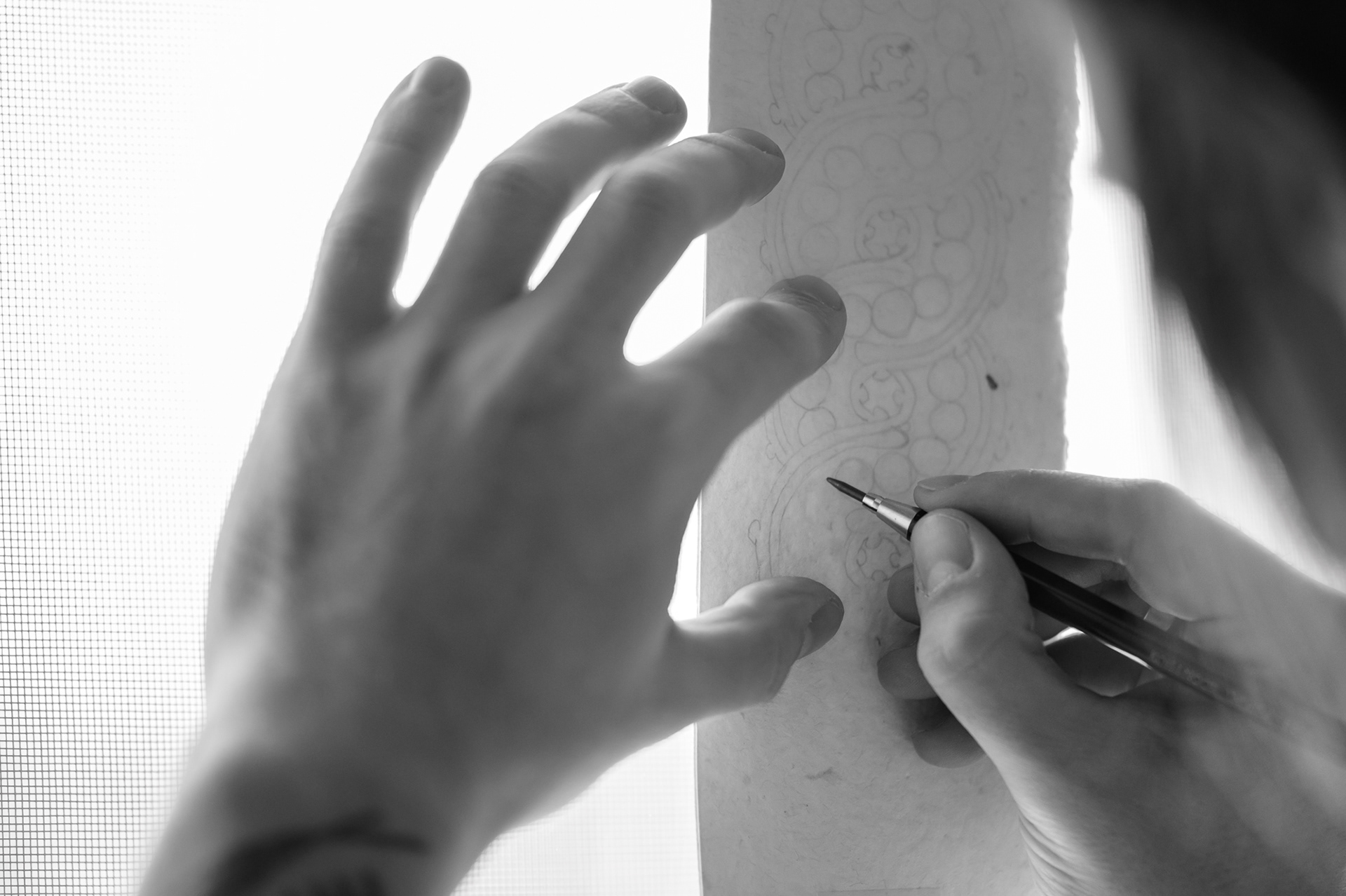
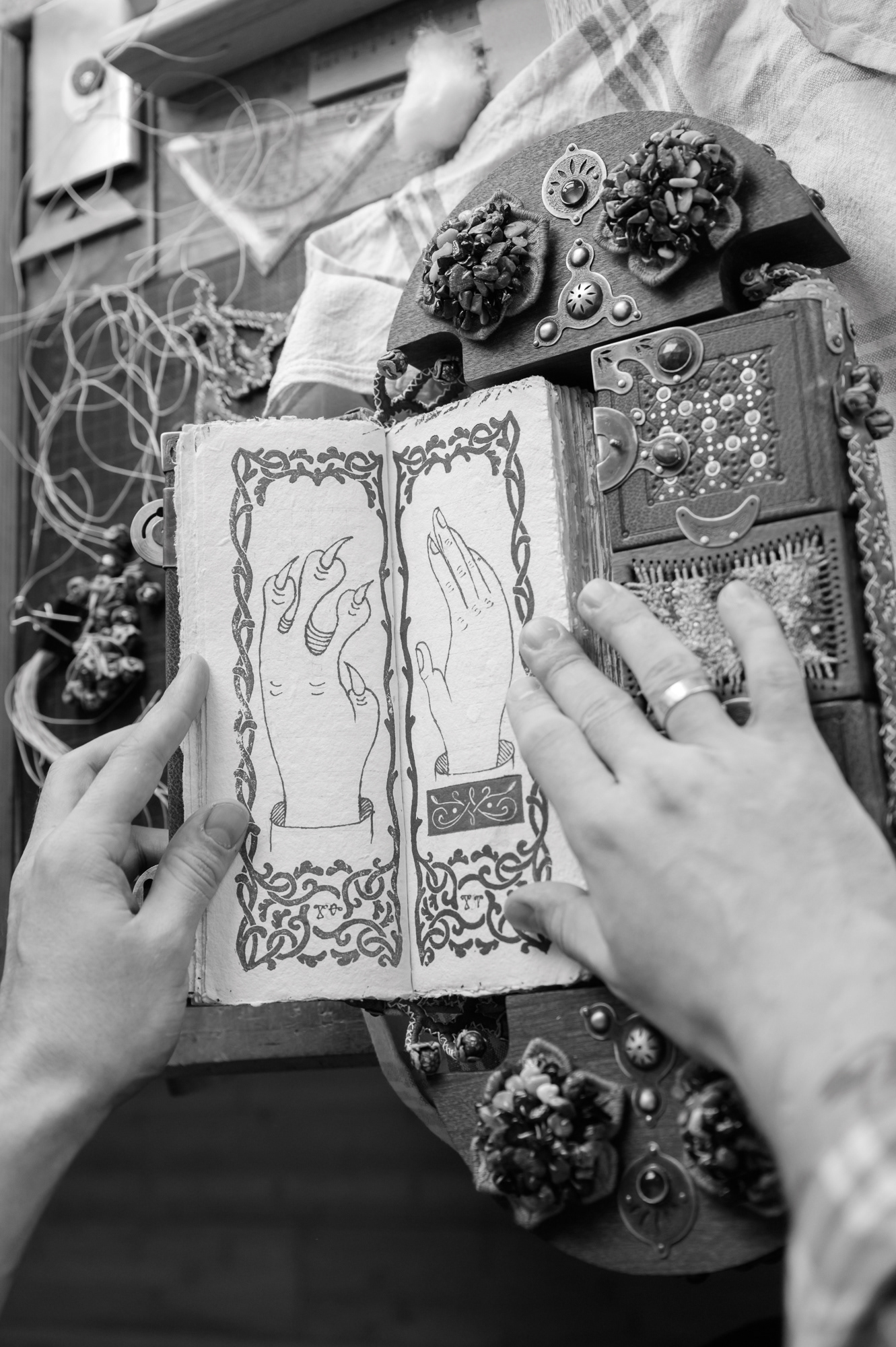
“I oscillate on the edge between craftsmanship and art”

“For quite some time, I could not afford a teacher, and when I finally could, I had already embarked on my own path”
Kalin Daskalov is self-taught. His start in bookbinding was back in 2013, when he crafted a few notebooks for personal use, after the ones he had bought fell apart before he could even fill them with writing. Driven by the desire to become really good at something, he began to read and experiment with bookmaking and making presses and other tools needed for the trade. “In the beginning, I found digitized manuals of the 19th-century British school of bookbinding and worked closely following them. I went a long way until I revisited the masters from the Bulgarian National Revival era”, says Stopan. Gradually, he began to receive orders, mainly for notebooks. In 2018, he passed an exam for a master's certificate, and consequently, his more creative pursuits unfolded, parallel to his participation in international and national exhibitions and competitions, in a solo exhibition in 2019, in a one-month residency program in South Korea, where he crafted books in collaboration with a local master of traditional ironwork. He says that he would be happy to pass on his skills if there is someone willing to learn who shares the depth of his quests in the fascinating labyrinth of bookbinding.
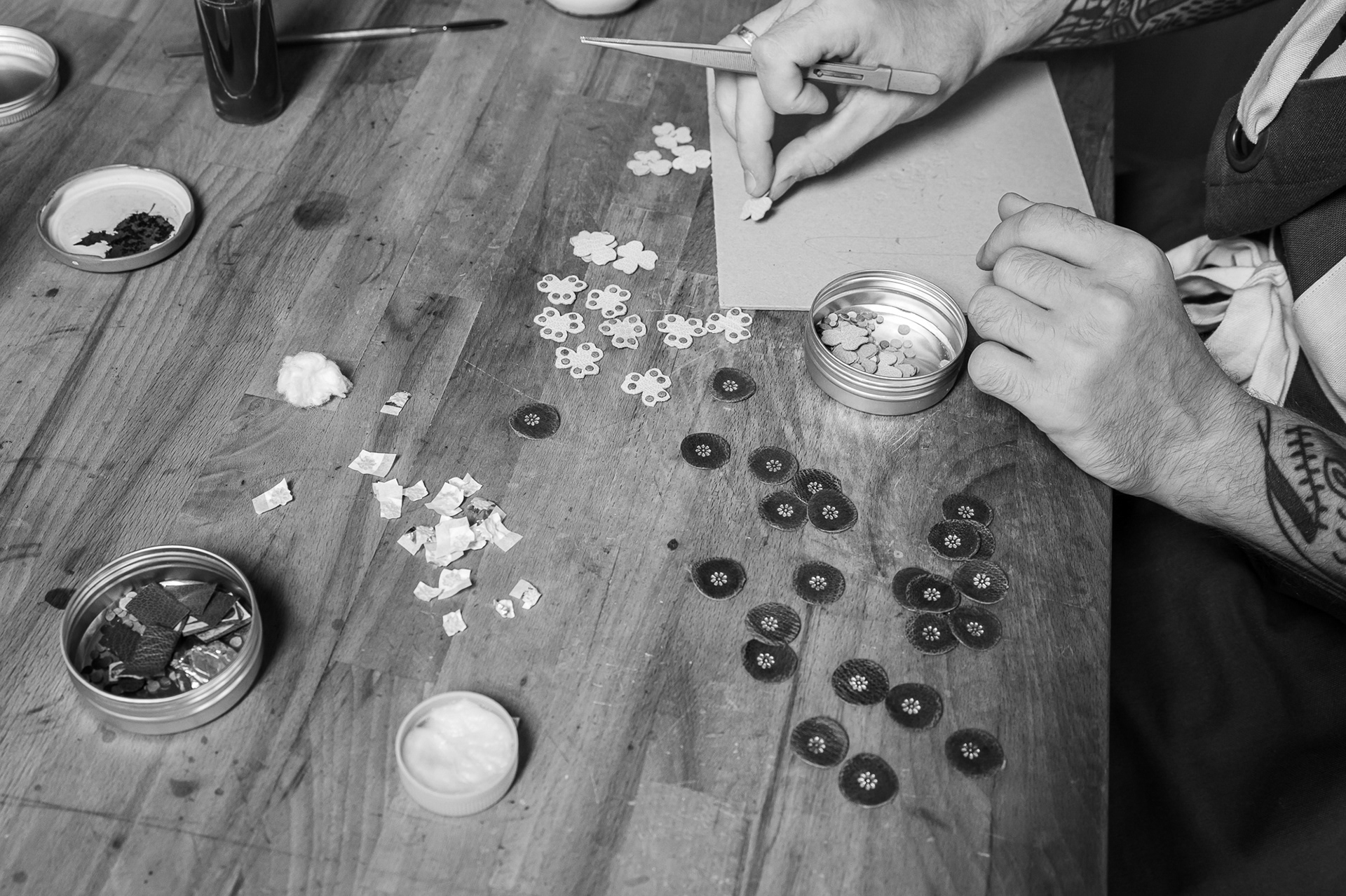
Working on the final little flower embellishments that will be attached to another set of leather accessories. All this will finally be fixed on the front covers of the work Stopan is currently working on (2023).
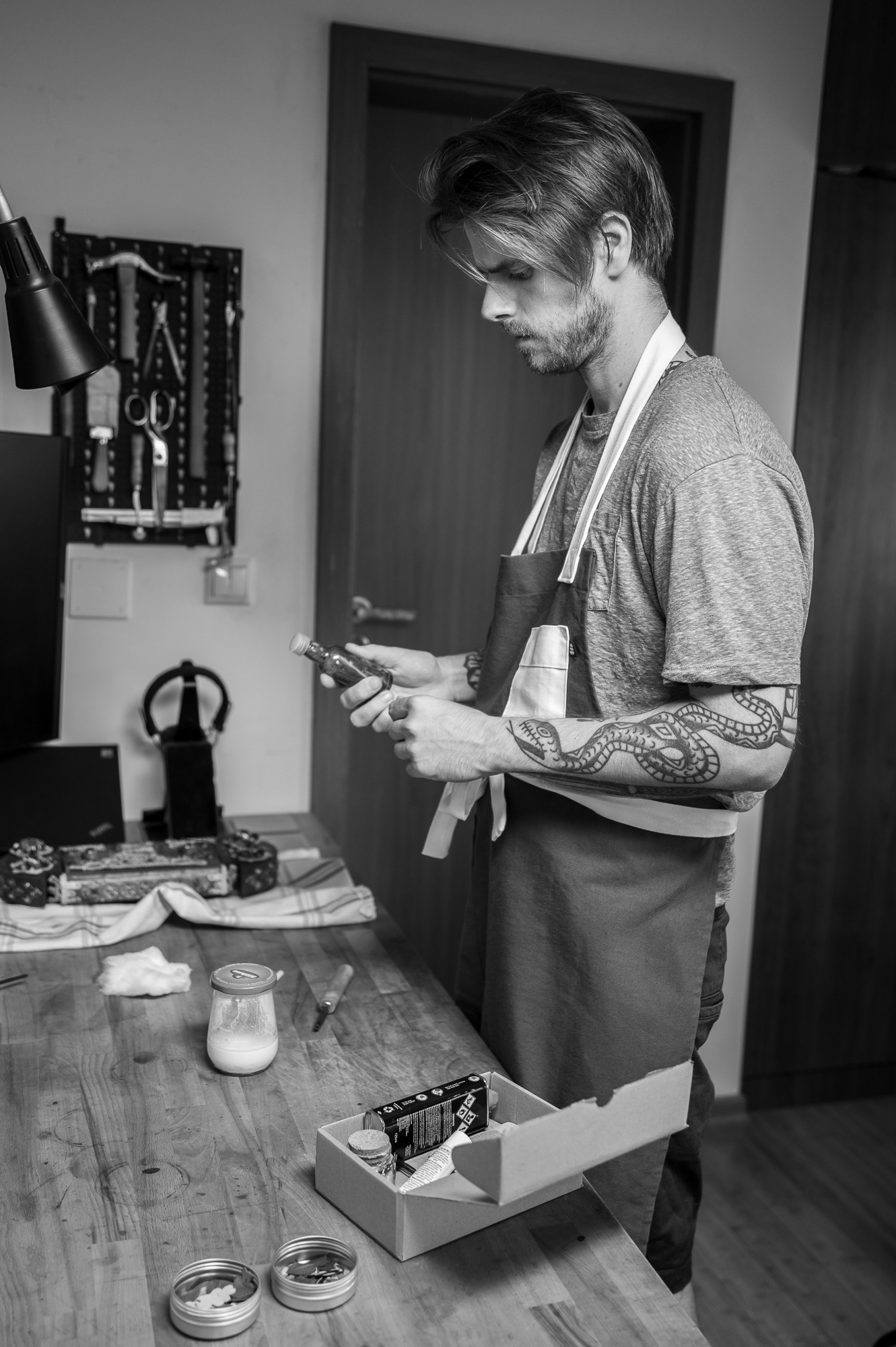
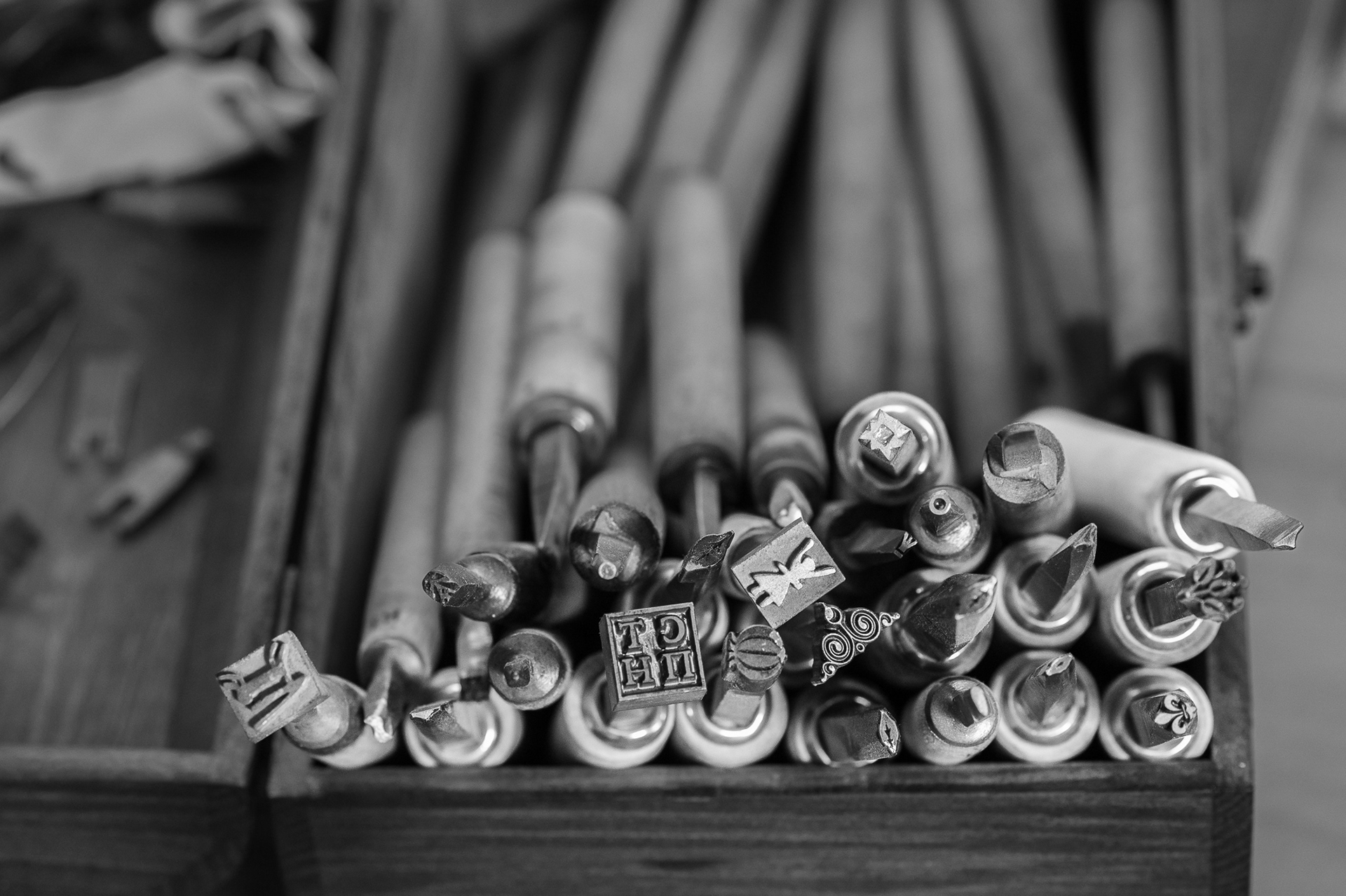
Brass tools for applying gold/embossed leather
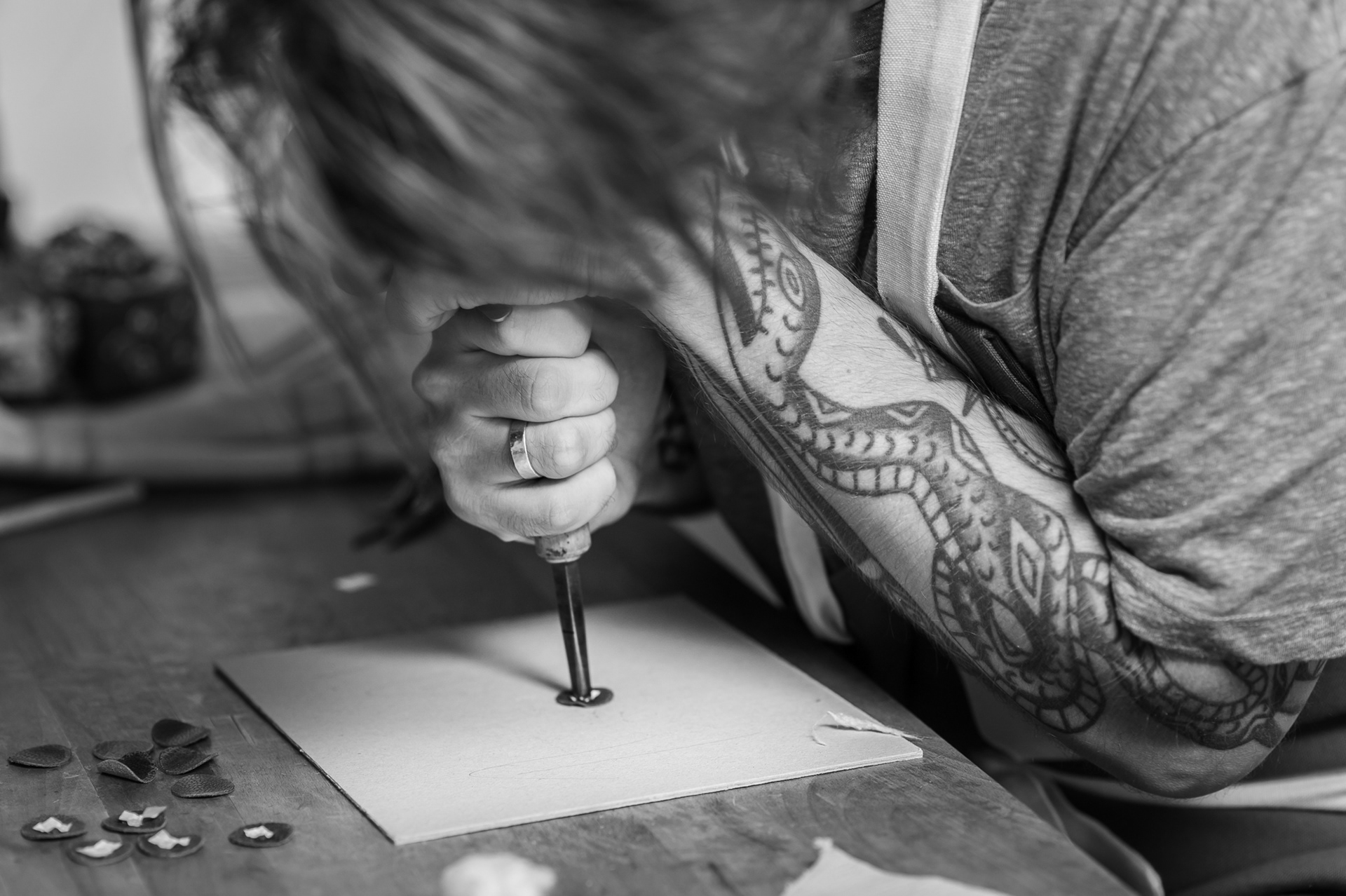
Gilding of leather elements
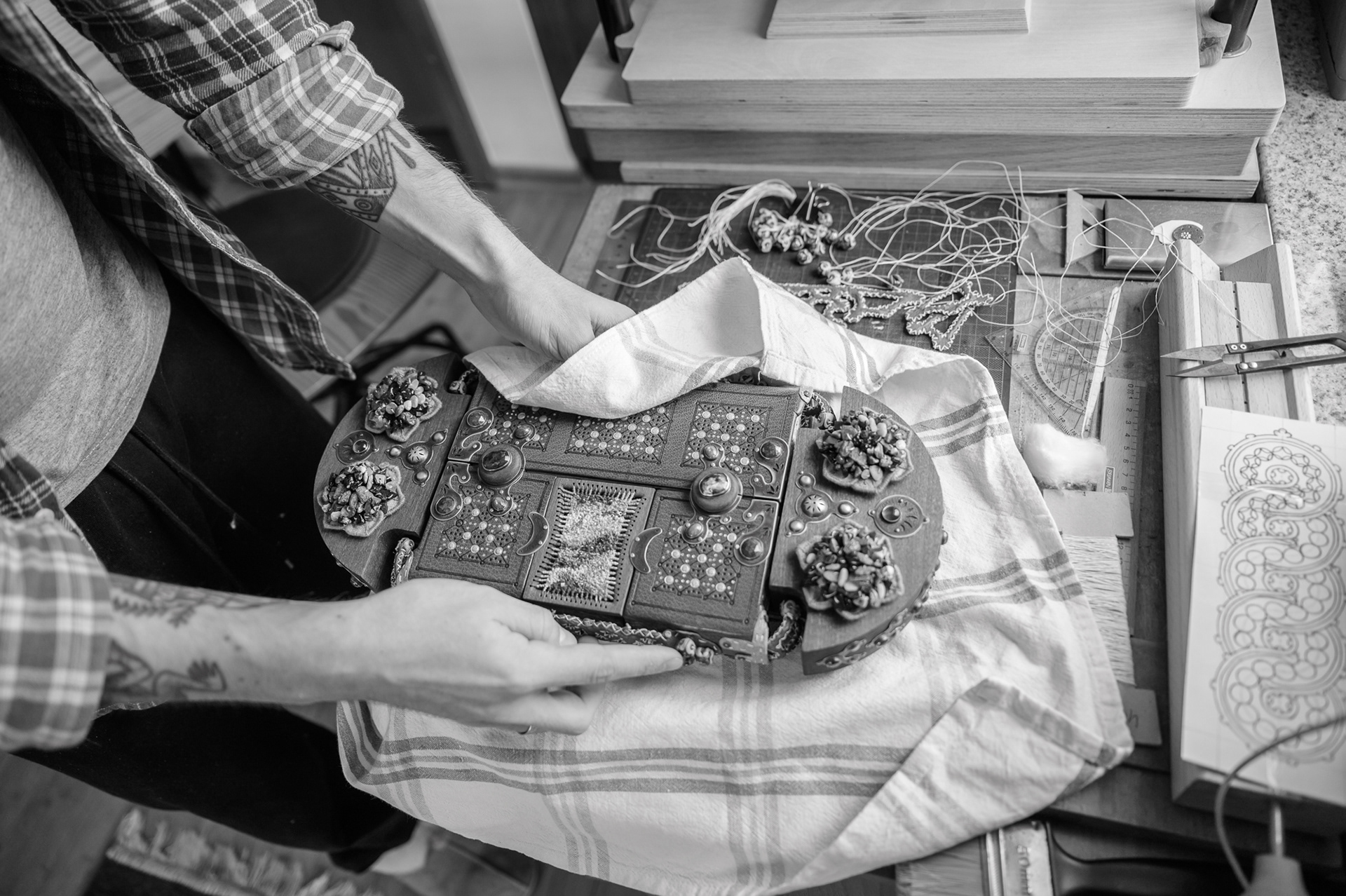
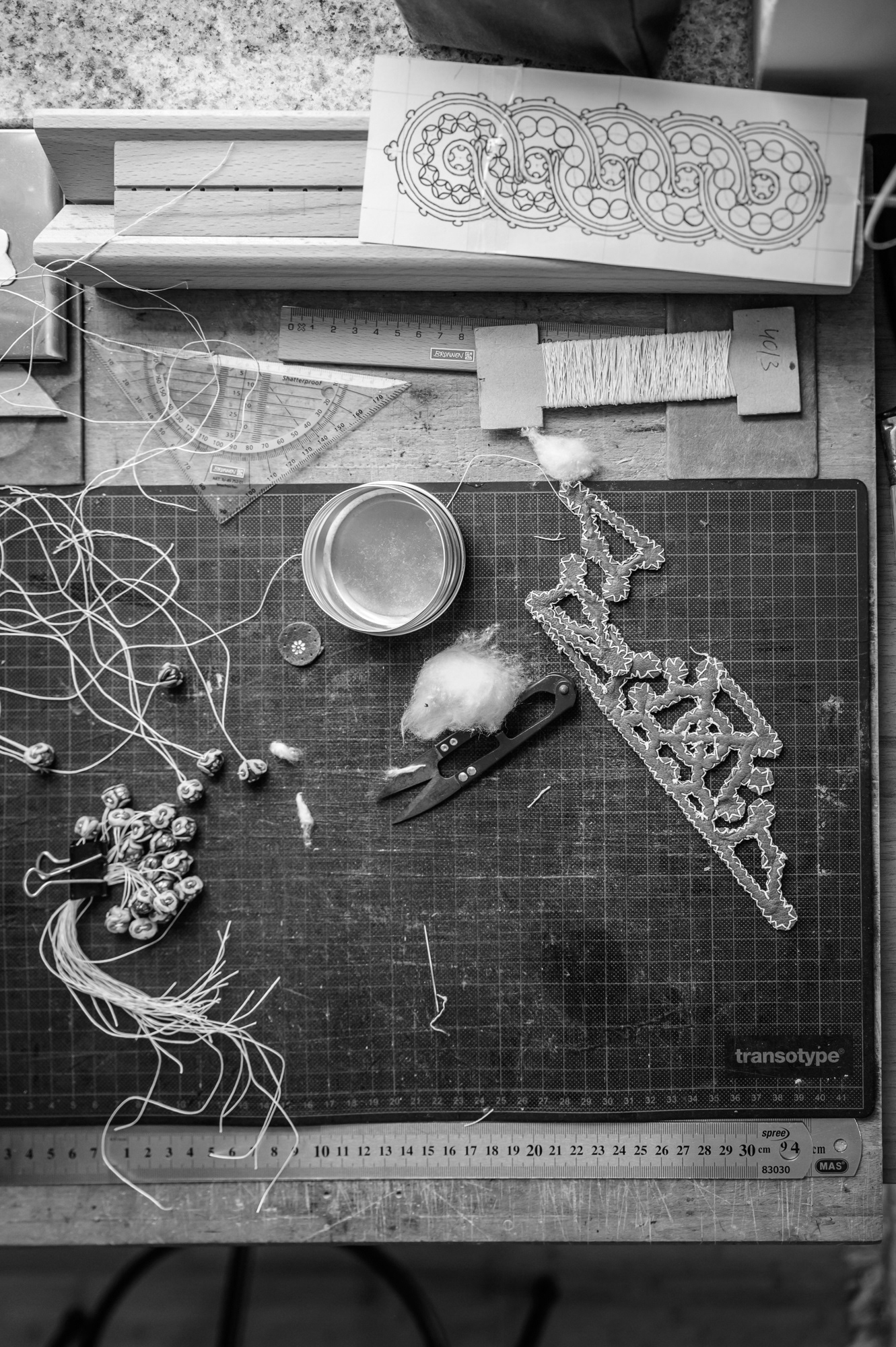
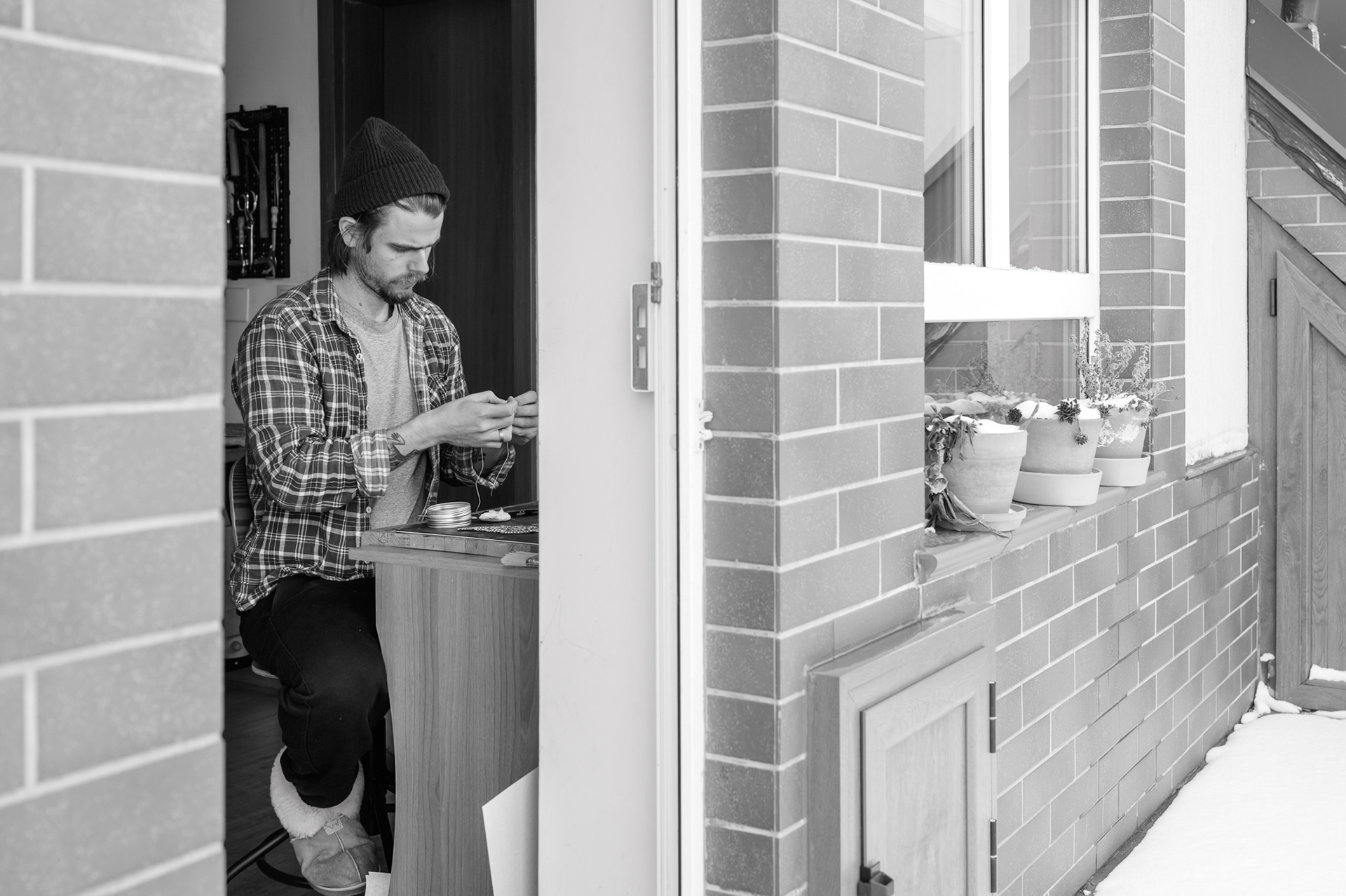
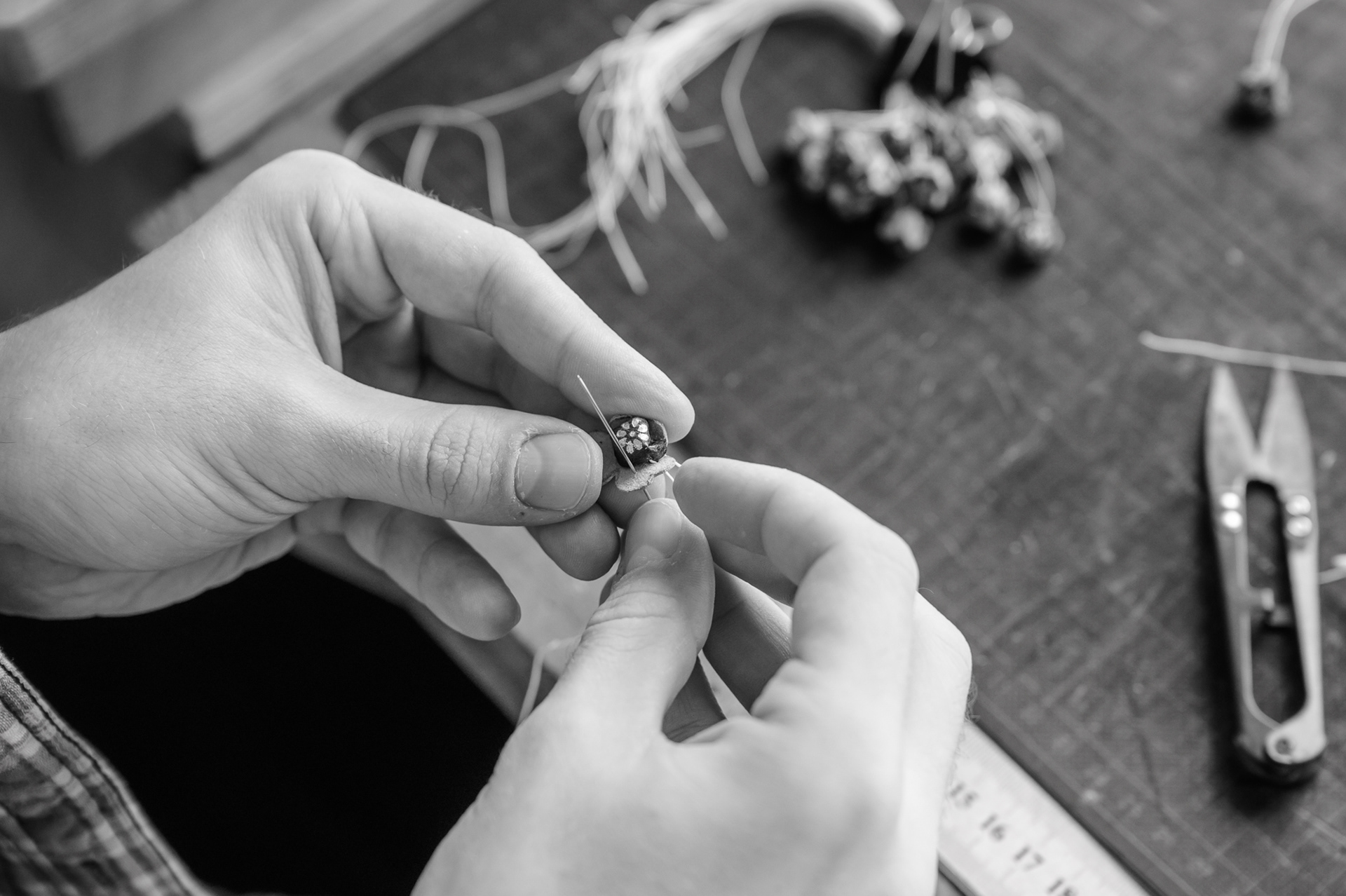
Sewing on a gilded leather trim (for book cover)
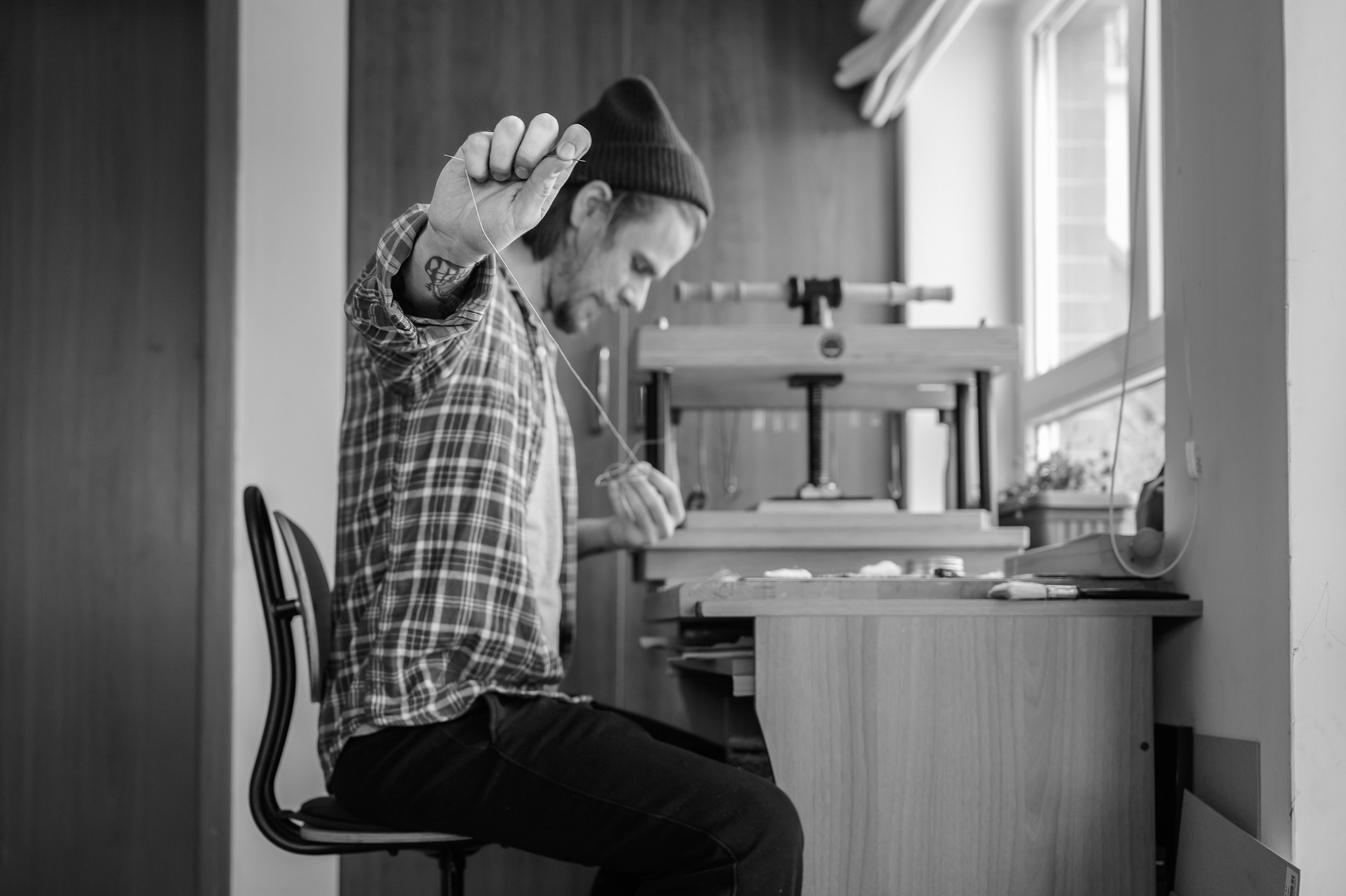
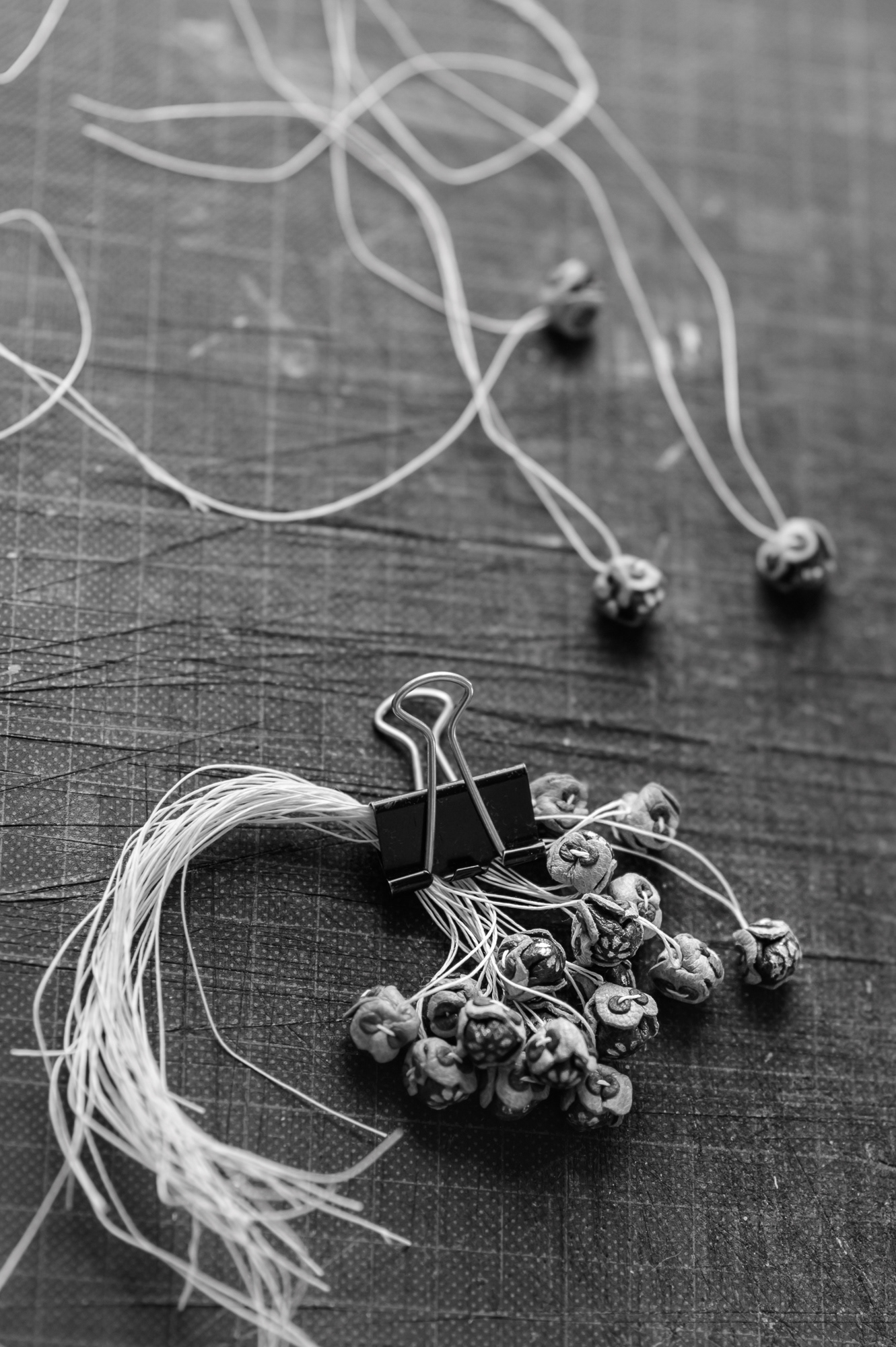
A total of 23 leather flowers are intended for the upper covers of a current project, 12 on the spines and another 12 on the end bands.
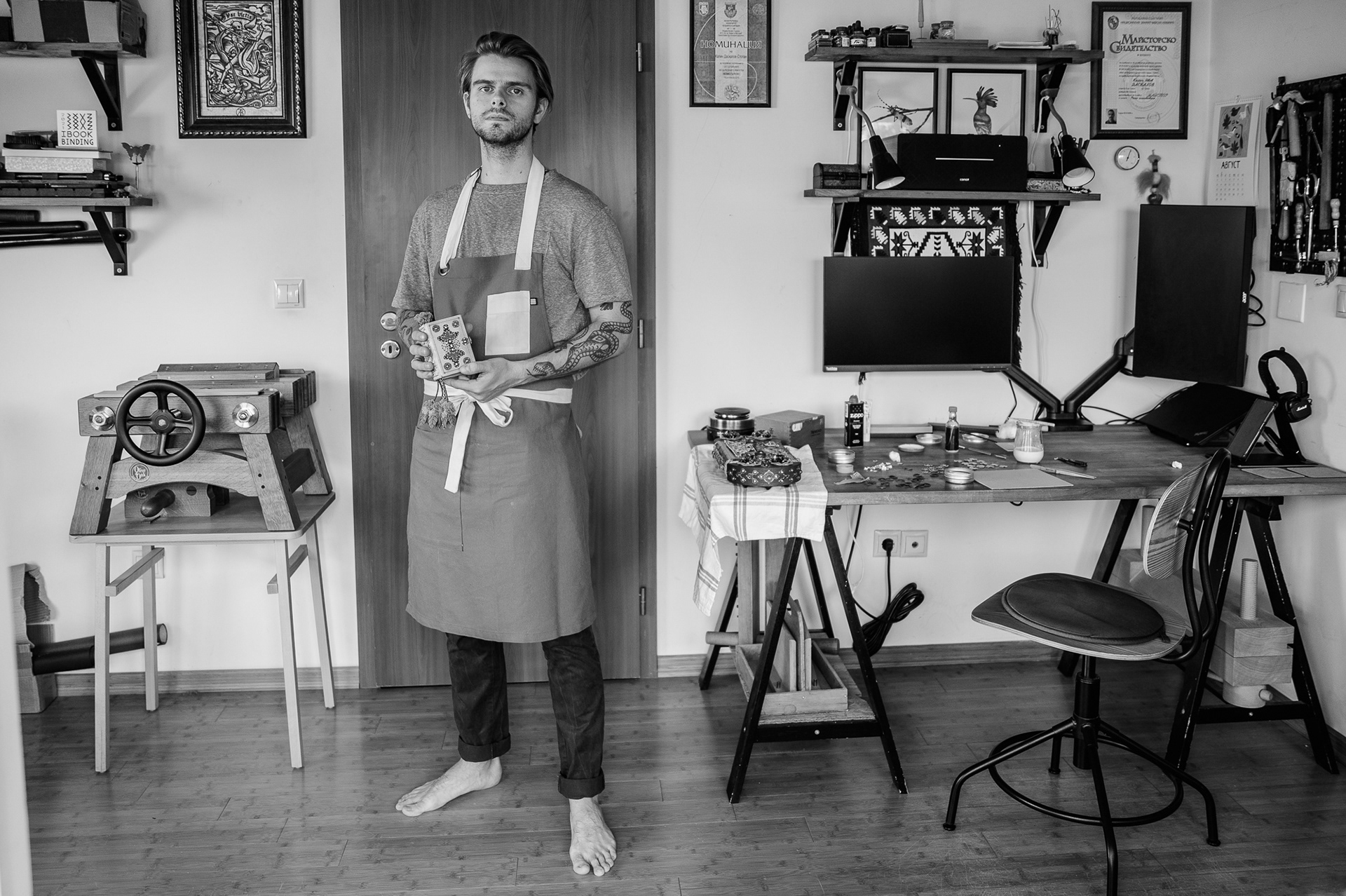
Stopan in his atelier in Sofia
– I imagine what could have happened had it not been for all the historical obstacles, and had the bookbinding school in Bulgaria developed with uninterrupted continuity. This inspires me.
PROJECT
Crafted by Hand. Photo Diary (2022)
IDEA & PHOTOGRAPHY
Rosina Pencheva
TEXT
Maria Boncheva
CRAFTS CONSULTANCY
Rositsa Bineva
GRAPHIC DESIGN
Kostadin Kokalanov
TRANSLATION
Daniela Konstantinova
COMMUNICATIONS
Maya Ivanova
DIGITAL CONTENT
Rosina Pencheva
Denislava Dikova (assistant)
PRODUCTION
PARTNERSHIP
CO-FUNDING
2022 Culture Program, Gabrovo Municipality

